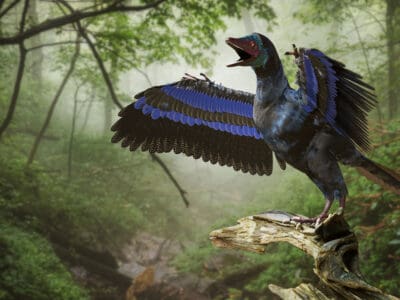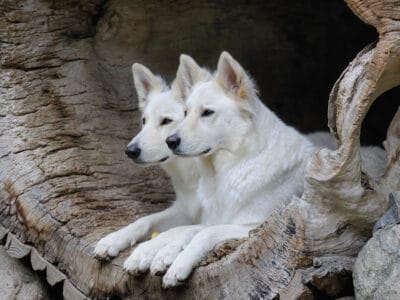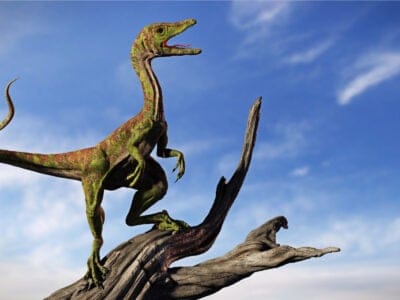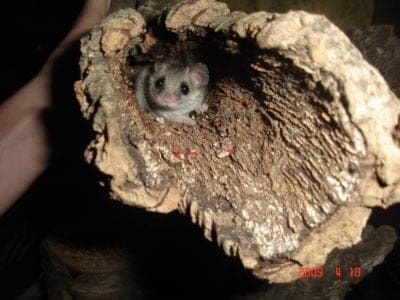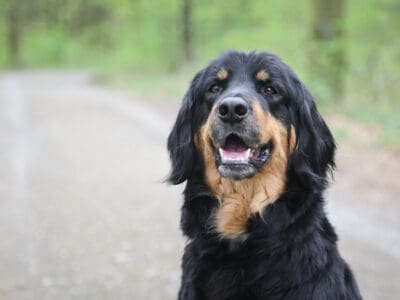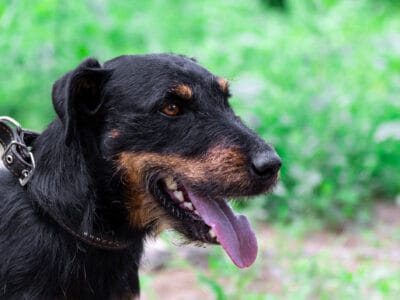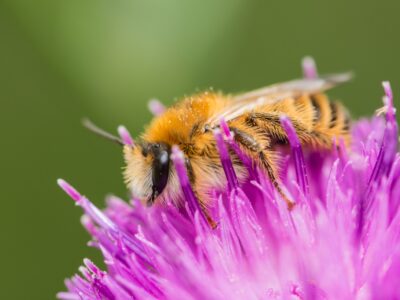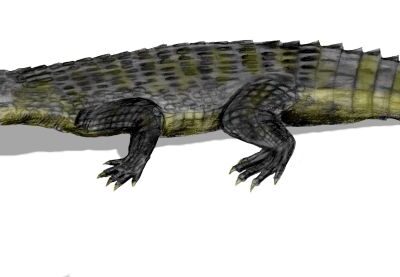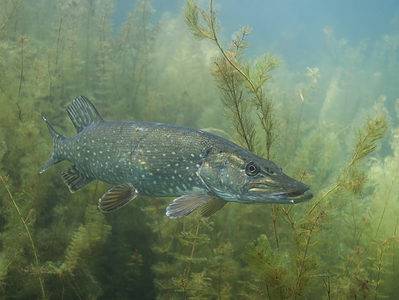Below you can find a complete list of types of animals in Germany. We currently track 319 animals in Germany and are adding more every day!
Germany is a European country famous for its magnificent forests, soaring Alps, and two major rivers, the Danube and the Rhine. Germany is bordered in the north by Denmark, in the south by Switzerland and Austria, in the east by Poland and the Czech Republic, by France in the southwest, and by Luxembourg, the Netherlands, and Belgium in the west. Germany also borders the North Sea and the Adriatic Sea in the north. Germany is unique in sharing borders with nine European countries. Only Russia borders more European countries–ten in all. Germany shares borders with nine European countries, plus the North Sea and the Adriatic Sea.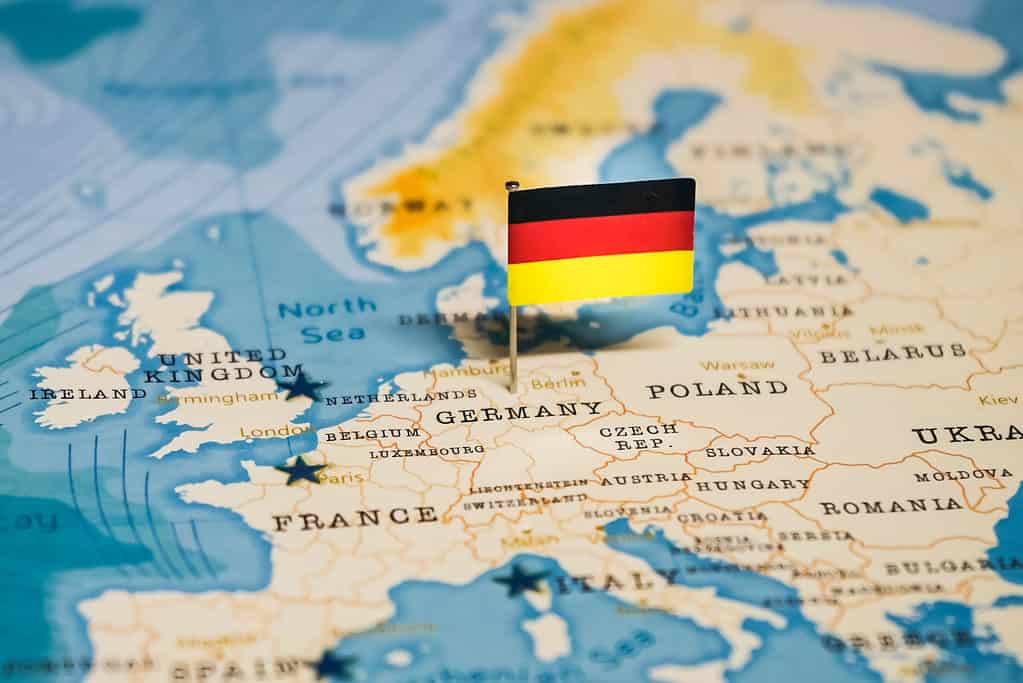
©Hyotographics/Shutterstock.com
This varied geography means you can find a huge variety of wildlife here. The mountains are home to wolves, chamois, and Alpine ibex. In the forests, you will find European wildcats, European badgers, lynxes, bats, deer, red squirrels, and red foxes. Germany’s native birds include the boreal owl, bean goose, carrion crow, and mistle thrush. Whales, porpoises, and sharks live in the ocean waters.
Unique Wildlife in Germany
Common species of the world do reside in the country; however, there are many unique native species to Germany.
The chamois is a goat antelope that lives in the German Alps. Herds of chamois regularly run through the mountain passes.
The European badger has distinctive black-and-white striping. This fastidious animal is known for daily cleaning of its burrows and building latrines in its territory. The badger inhabits Germany’s forests and woodlands. The chamois, a goat antelope species, inhabits the Bavarian Alps. ©Real PIX/Shutterstock.com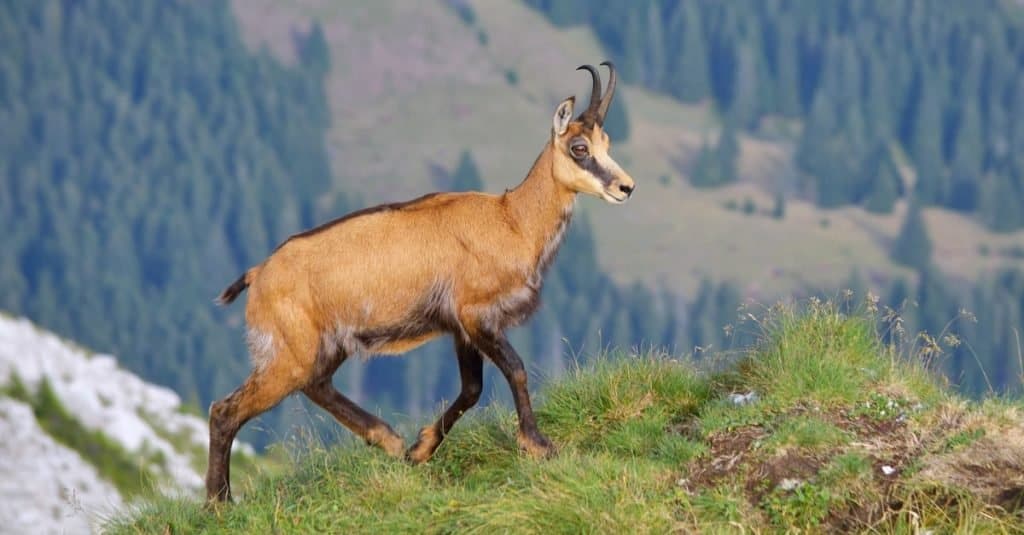
The European wildcat inhabits Germany’s forests. It is a small, feral cat that resembles a domestic house cat. It has a thick, shaggy pelt, a large head, and a long tail. The typical wildcat weighs about three pounds. The European wildcat is endangered in Germany and the rest of the world.
The fire salamander is a lizard that lives in the rocky parts of Germany’s mountain areas. It has a black body with bright yellow stripes and reaches a length of about 10 inches. The fire salamander’s bite is poisonous to humans, so keep a respectful distance if you see one.
The Alpine ibex lives high in the Alps. Its shaggy coat and long, curved horns make it stand out. Male ibex use their horns to fight each other during mating season.
What Is Germany’s National Animal?
The national animal of Germany is interestingly an emblematic eagle known as German Imperial Eagle (Reichsadler). The German coat of arms and other official emblems all feature a black eagle. The design dates back to the time of Charlemagne, who was crowned the Holy Roman Emperor in 800 AD. The German federal eagle coat of arms.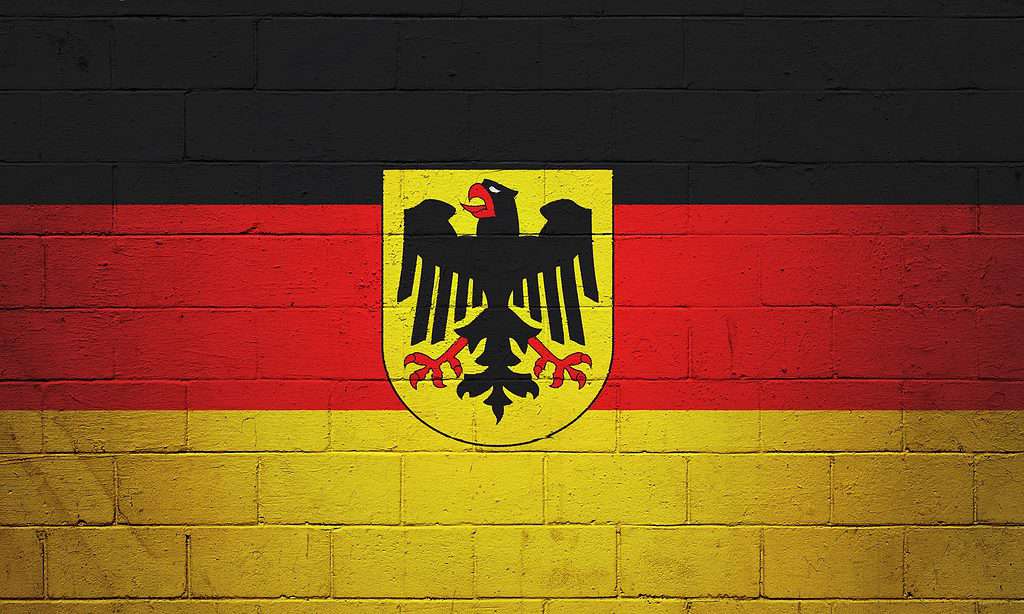
©BreizhAtao/Shutterstock.com
The black eagle was sometimes depicted with a double head to signify the title “Emperor” and with a single head for the title “King of the Romans.” It was utilized in coats of arms and favored by varied rulers of Germany and some neighboring kingdoms like Luxembourg. It continued to be used into modern times, with the design being altered at times, whether it was used to represent the German Empire, the German Confederation, the Weimar Republic, or even Nazi Germany. Post WWII, the Weimar Republic’s black eagle design was adopted by the Federal Republic of Germany.
While there is a true imperial eagle native to southeastern Europe and parts of Asia, and a black eagle in Asia, neither of these animals is actually the national animal of Germany. The general consensus is that the golden eagle is the actual national animal of Germany.
Where To Find the Top Wild Animals
Hiking and walking are popular pastimes, and they are the best ways to see the many types of animals in Germany. Walking in scenic areas gives you a chance to spot ibex, chamois, and bears.
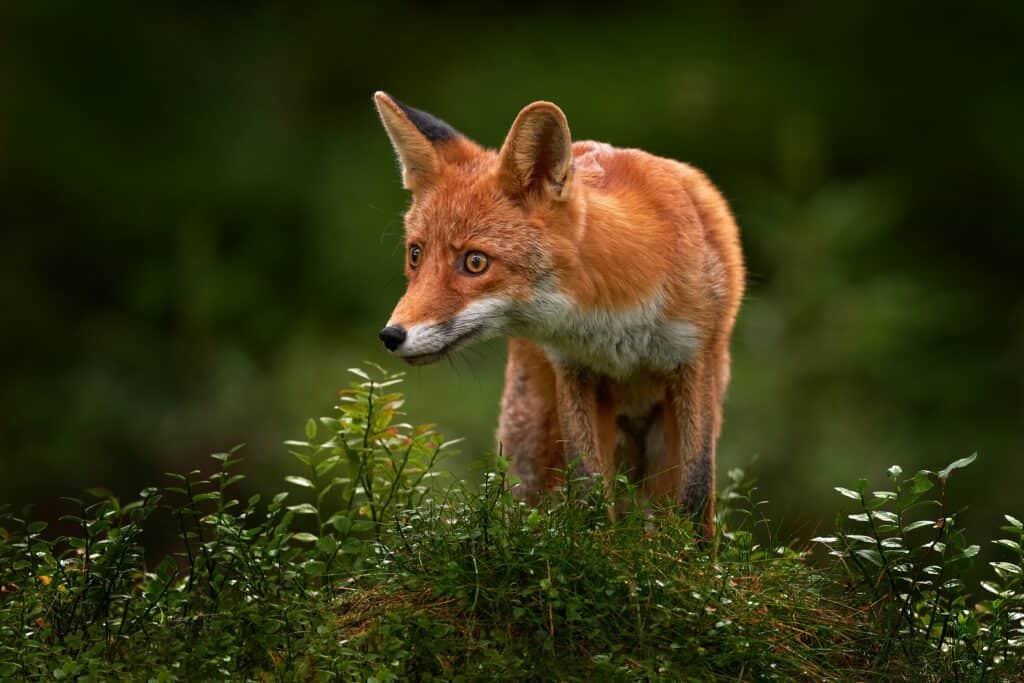
The Black Forest is home to an abundance of wildlife like foxes.
©Ondrej Prosicky/Shutterstock.com
There are many national parks and protected areas in Germany.
The Lower Oder Valley National Park protects large expanses of meadowland and riverside areas. On the banks of the Oder river, it attracts many wildlife enthusiasts. It is a major resting site for thousands of migratory birds and a huge attraction for bird watchers.
Müritz National Park offers guided trails through ancient beech forests, marshland, and over 100 lakes. It’s a picturesque protected area where you can see hundreds of birds, reptiles, and mammals.
The Black Forest is a large mountain range in southwestern Germany. Established in 2014, the Black Forest National Park is a protected area where you can spot unusual species like the Alpine marmot, a large groundhog-like critter that lives in burrows in the mountains.
Native Birds
Germany is surrounded by several countries and is bordered on the north by the North Sea and the Baltic Sea. The Alps lie at the southern end of the country. The various landscapes and the moderate climate make for an ideal home or resting spot for hundreds of species of birds, migratory or resident. Listed are some important avifauna of Germany:
- Geese – Barnacle, white-fronted, and greylag are common during migration.
- Cranes – Great bustards are of particular note here because their last remaining population of northern Europe is in Bradenburg, Germany.
- Raptors- Summers are filled with osprey, lesser spotted eagles, and kites.
- Waterfowl- Marshes and lakes provide shelter and nesting sites for rare little egrets and more common great egrets. Grebes, crakes, and sandpipers also roam the shorelines and reeds.
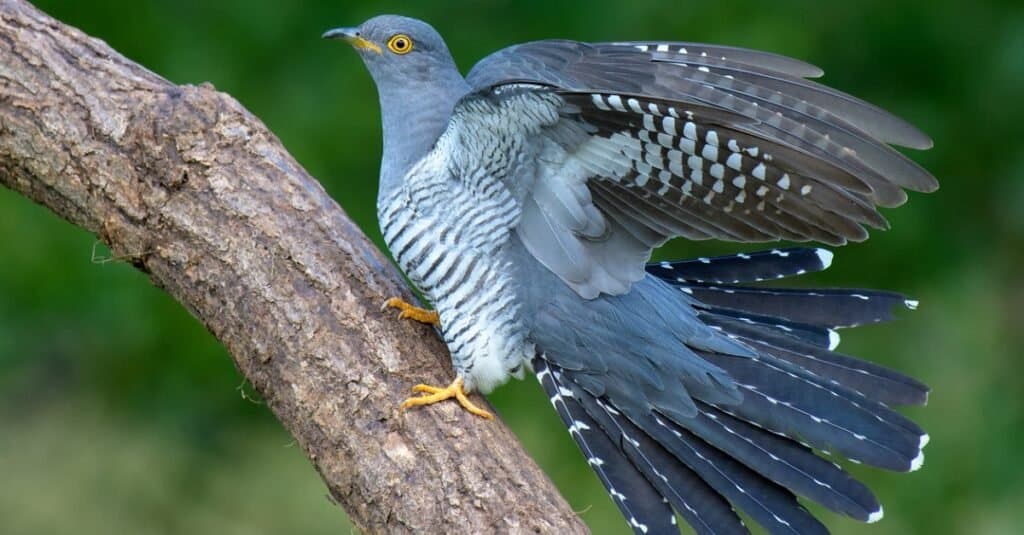
Cuckoo birds, which do inhabit Germany seasonally, became a design feature of the famous Black Forest clock, later dubbed a cuckoo clock.
©iStock.com/Howard Kearley
Unfortunately, like many other places in the world, the beautiful birds of Germany are under threat of endangerment and extinction. When visiting, respect rules and regulations regarding avifauna and the nature of the country.
National Bird of Germany
In Germany, the eagle symbolized power and freedom throughout the country’s history. Even today an eagle is front and center on Germany’s Federal Coat of Arms, something that hasn’t changed since 1950. The type of eagle represented as the Federal Eagle, the national bird of Germany, is understood as an abstract concept of eagles vs. a representation of a specific subspecies, however, it may have been based in part on the eastern imperial eagle (Aquila heliacal).
Native Fish
Northern Germany offers visiting and local fishermen plentiful fishing opportunities in the North and Baltic Seas as well as rivers and lakes, which also dot the southern part of the country. As in most countries, fishing permits must be acquired prior to trips, usually through local fishing shops or clubs. Below we will further discuss areas of fishing and common species found to catch!
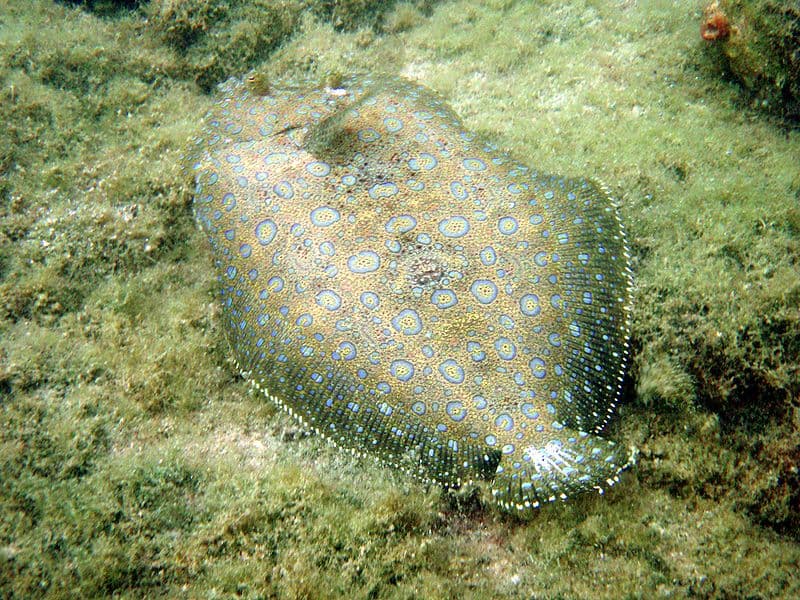
The Baltic Sea is a popular place for commercial fishing of fish like sea trout, salmon, and European Flounder.
- Baltic Sea – Uniquely, the waters of the Baltic Sea are brackish, meaning a combination of salt and freshwater. Accordingly, both freshwater and saltwater species able to survive and adapt to these conditions are found in these waters. The slightly saline waters also attribute to larger-sized fish, perfect for incoming anglers. Species often caught here include sea trout, salmon, northern pike, zander, European flounder, and many more! Fishing here is relatively good year-round and available in many fun places.
- North Sea – The North Sea is a hotspot for commercial fishermen trawling for cod and other popular species. However, it is also a beautiful sea for sport fishermen to prowl. May to October is the perfect time to find mackerel, while October to May is when cod fishing is permitted. Sole fishing is only allowed 100 days out of the year.
- Lakes – Lakes full of fish are available to visiting and local fishermen, usually home to whitling, perch, eel, pike, trout, zander, char, and bream. Again, it depends on where in the country fishermen are looking to go, but fishing is available year-round in the country.
- Rivers – Fly fishing is particularly accessible and fun in the rivers of Germany. Various trout species, graylings, and barbel are popular finds in the multitudes of rivers in the country. The best season for fly fishing is between March and around September.
Native Snakes
Out of the many animal species of the country, snakes only hold a few places with 6 different species, two of which are venomous. Listed are the species and some interesting facts about them. Dice snakes are a native species to Germany.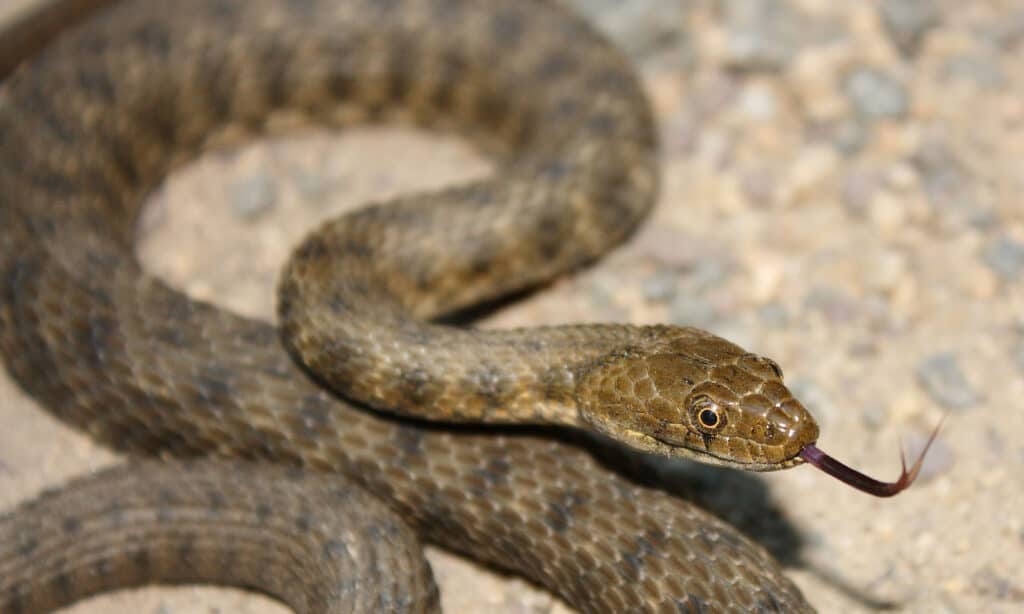
©iStock.com/Zdenek Macat
- Grass snake – Found near water sources and feeds on amphibians primarily.
- Aesculapian snake – Smooth scales give adult snakes a metallic gloss, while juveniles are often bright green.
- Smooth snake – Smooth snakes come in a variety of patterns but are most commonly brown, grey, or red with dorsal dark spots.
- Dice snake – These snakes are distinguishable by their brightly colored underbellies of yellow or orange dotted with black.
- Common European adder (venomous) – Widespread throughout Europe, these snakes are found in many colors and pattern variations. European adders rarely bite and only when provoked or disturbed.
- Asp viper – The upturned nose and large, triangular head of this snake are highly distinct. Males tend to be grey while females range from grey to brown to orange.
While snake bites are rare in Germany, they may occur. To prevent adverse reactions, it is important to seek medical attention after a bite, regardless of species.
Extinct and Endangered Animals In Germany
Hunting and overdevelopment have caused some native species of Germany to become extinct or nearly extinct.
For example, gray wolves became extinct in the country, but conservation groups reintroduced them in the 1990s. However, they are still endangered, and only a few packs live in the mountain forests.
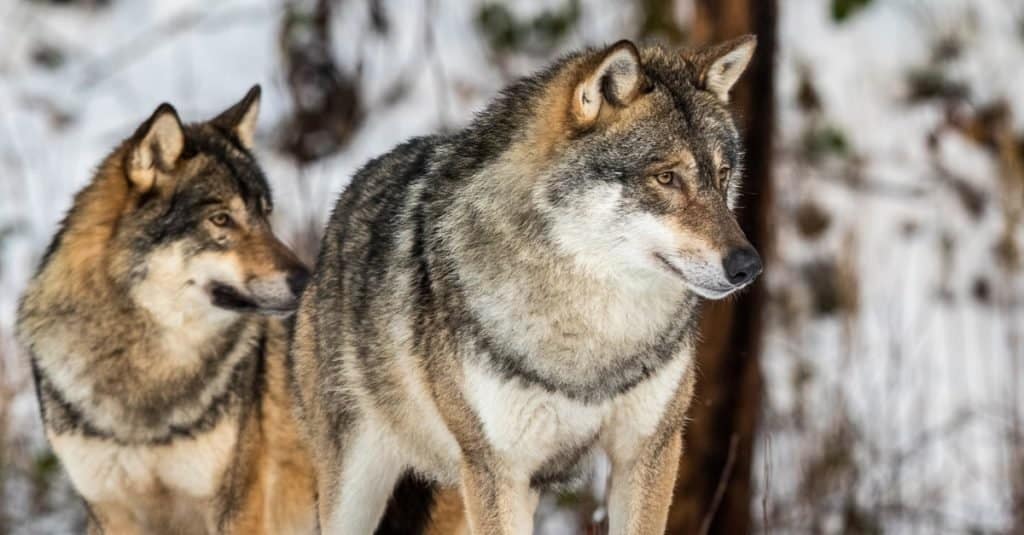
After being reintroduced into Germany, the gray wolf has a few packs inhabiting its forests.
©Lillian Tveit/Shutterstock.com
The Eurasian otter was also extinct after being hunted for its pelt. Recent conservation efforts have reintroduced Eurasian otter populations to German lakes and streams.
The Danube salmon is the world’s largest salmon. It can reach five feet in length. It’s an inhabitant of the river that gives it its name, but it’s the most endangered salmon in the world.
Bears became extinct in Germany in 1835. In recent years, however, biologists have spotted bears in the forests on Germany’s borders. Many believe bears will soon return to Germany.
The 7 Largest German Wild Animals
When looking for large wild animals in Germany, they really don’t compare in size to animals of other continents like Africa. But there are some animals that tip the scales, which we’ve listed below:
- European Bison: The rarest of European animals, it can be found in the Rothaar Mountains in Hesse, Germany. It weighs an average of 1,398 lbs for males and 935 lbs for females.
- Red Deer: Red deer can grow up to 4 feet tall and weigh as much as 530 lbs.
- Wild Boar (Eurasian Wild Pig): This wild pig can stand as tall as 4 feet and weigh as much as 220 lbs.
- Gray Wolf: European gray wolves average up to 150 lbs and can reach heights of 33 inches.
- Alpine Ibex: This wild mountain goat species can weigh up to 258 lbs and reach a height of 40 inches.
- Chamois: This goat antelope can get up to 31 inches tall and weigh as much as 121 lbs.
- Eurasian Lynx: This endangered cat species can reach a max weight of 80 lbs and a max height of 30 inches.
The 5 Rarest German Wild Animals
There are certain German animals that are rare to spot in the wild but will thrill the hearts of any lucky animal watcher. One such animal is the beaver, which almost went extinct in the late 1800s, but made a conservative comeback due to conservation programs. Places that tourists go to witness these lovable creatures are the Spessart mountain range in southwestern Germany, as well as Lake Chiemsee in Bavaria. The kingfisher is indigenous to Germany.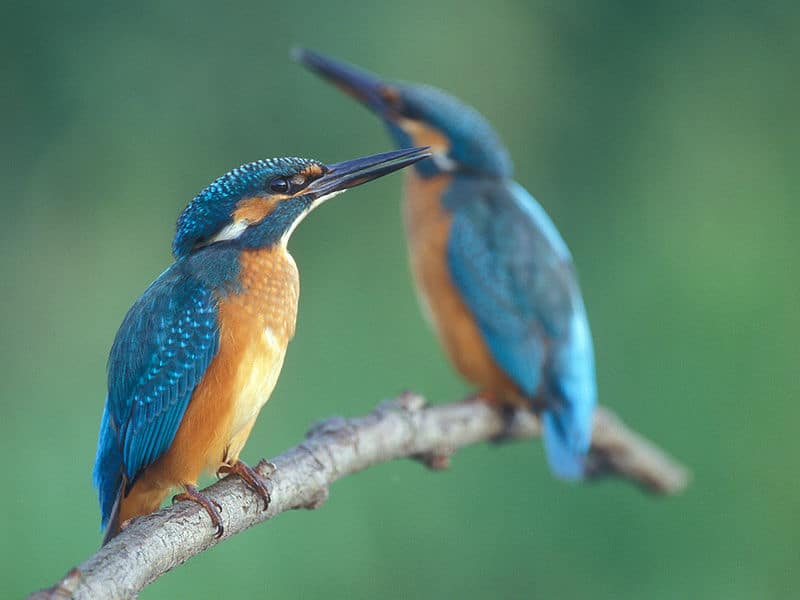
©Lukasz Lukasik / Creative Commons
The Kalkberg Cave, located in the northern German state of Schleswig-Holstein is one habitat to witness many varieties of Germany’s 15 bat species. The cave is the biggest spot for bats to congregate in the winter months in all of central Europe. Some bats spied there include Bechstein’s bat and Brandt’s bat, both highly rare.
On the northern German border where the North sea rests, it’s possible to see grey seals and harbor seals. And rare birds one could see include the hoopoe, the crane, and the kingfisher.
Zoos in Germany
Wildlife in Germany is easy to find and fun to see along with the incredible views of the country. Other good places to see both native and exotic animals are the zoos of Germany, many of which exist for the purpose of wildlife conservation and preservation. Here are some of the most famous zoos and animal parks in the country.
- Zoo Leipzig – Originally a personal collection, this zoo was opened to the public in 1848. The zoo now holds around 10,000 animals of hundreds of different species including rhinoceros, tapir, wild horses, maned wolves, and many more eccentric animals. Three pillars serve as the backbone of Zoo Leizig: conservation of species, education of the public, and scientific research.
- Zoo Rostock – Setting the zoo apart from others is the Darwineum – an exhibition based on evolution and how species diverged and became what they are today. The zoo is also home to multiple species of animals, such as orangutans, lions, polar bears, and seals. Along with education on evolution and ecology, the zoo aims to present visitors with information on the conservation of species, as well.
- Wildpark im Grafenberger Wald – Settled on 36 hectares (64 acres), the park is the largest game park in Germany. Solely native species are on exhibit here, including wild pigs, raccoons, deer, and more. Visitors are able to get up close and personal with the local wildlife and experience them in their natural habitats.
While these animals are on display, it is essential to maintain park boundaries and regulations. Zoos play an important role in helping preserve and continue critical species of the world, both native and not. The Rhine River flows through six different countries, including Germany. ©iStock.com/sborisov
Rivers in Germany
Germany is home to 15 different rivers that stretch 300 km (186 miles) or more. The largest river in the country is the Danube, which enters or borders 10 different companies and has a length of 1,777 miles. It has fish like trout, sturgeon, slam, mullet, tench, and Wels catfish.
Other major German rivers include the Rhine, Elbe, Oder, and Moselle.
Flag of Germany
The German flag is fairly simplistic, though it represents a country rich in history. Three color blocks run horizontally in black, red, and yellow from top to bottom. This flag was the official flag of West Germany before the Berlin Wall fell in 1989. Once the country unified, the tricolor stood for the entirety of Germany.
German Animals
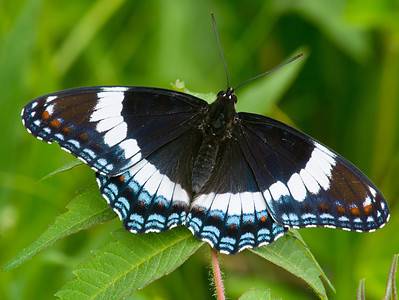
Admiral Butterfly
Stunningly beautiful wings

Affenpinscher
First bred in 17th century Germany!

Allosaurus
Differnt Lizard” or Allosaurus weighed around two tonnes that is almost equal to a car.
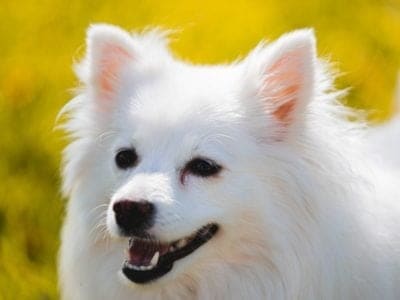
American Eskimo Dog
The American Eskimo has splendid all white fur and an upturned tail

Ant
First evolved 100 million years ago!
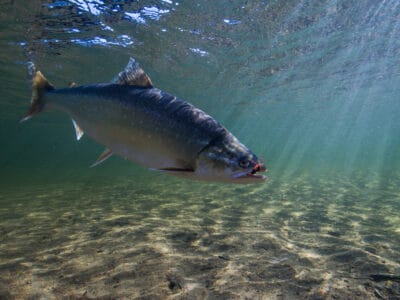
Arctic Char
Arctic char is the northern-most fish; no other fish lives anywhere further north!

Armyworm
They are so named because they "march" in armies of worms from one crop to another in search of food
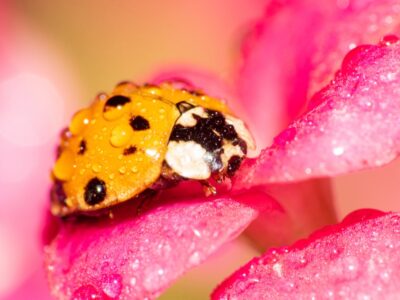
Asian Lady Beetle
Asian lady beetles infest indoor spaces, but they do not reproduce indoors.
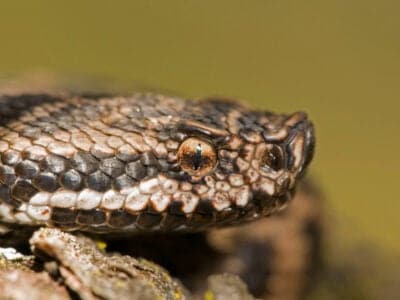
Asp
It was the symbol of royalty in Egypt, and its bite was used for the execution of criminals in Greco-Roman times.
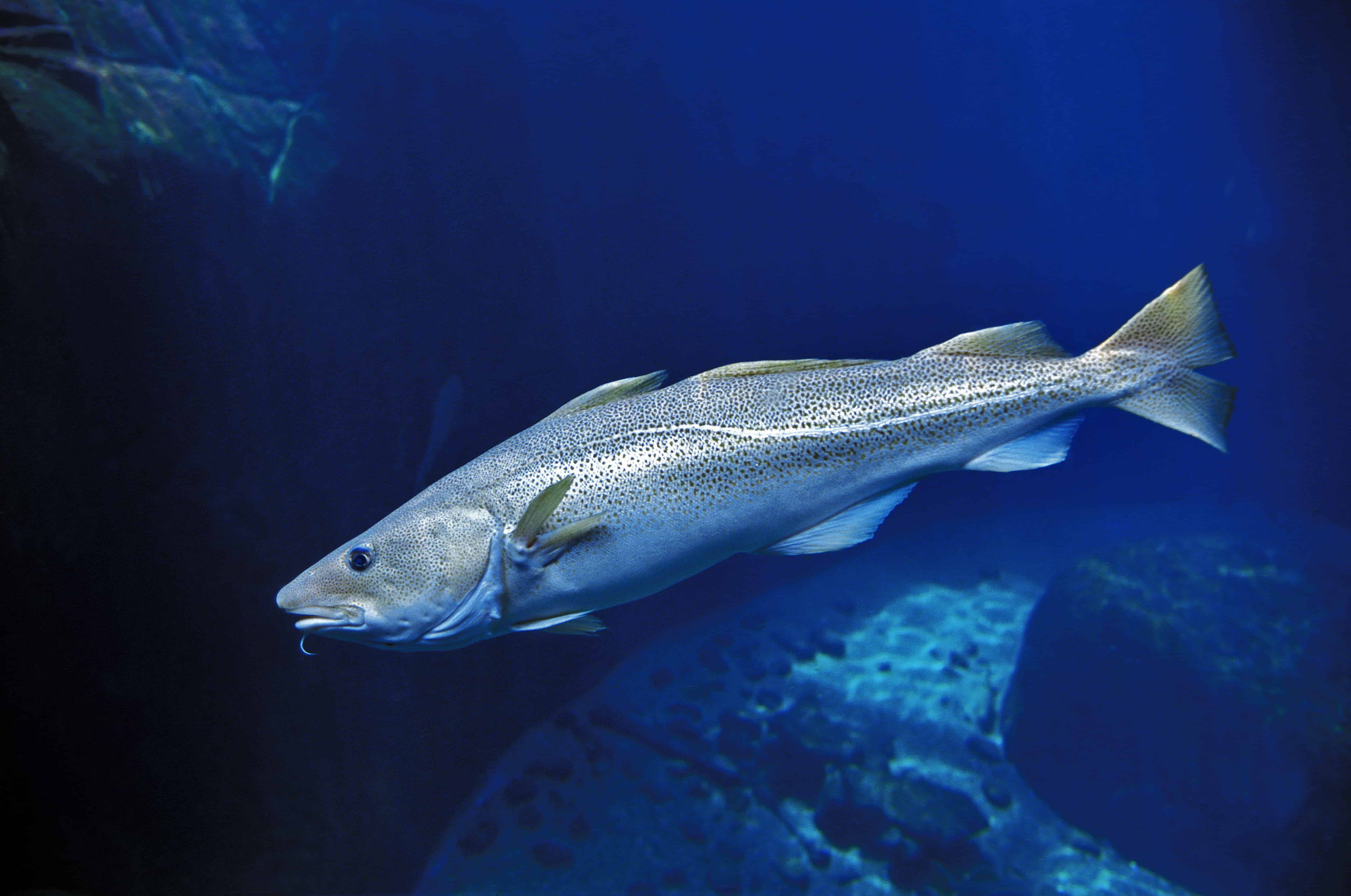
Atlantic Cod
One of the most popular food fishes in the world
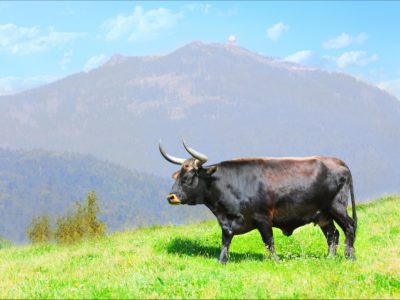
Aurochs
Extinct ancestor of all domesticated cattle!
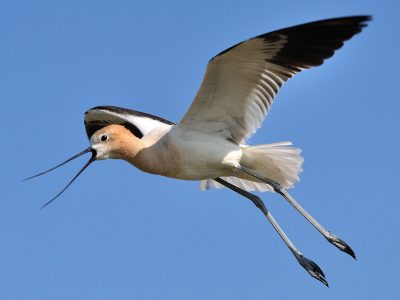
Avocet
Has a curved, upturned beak!
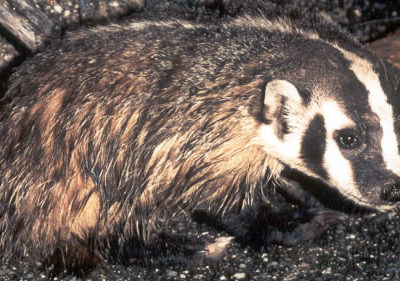
Badger
Can reach speeds of 30 km/h!

Barn Owl
Found everywhere around the world!

Barn Swallow
Older offspring help care for new hatchlings.

Bat
Detects prey using echolocation!

Bavarian Mountain Hound
Calm, quiet and poised!
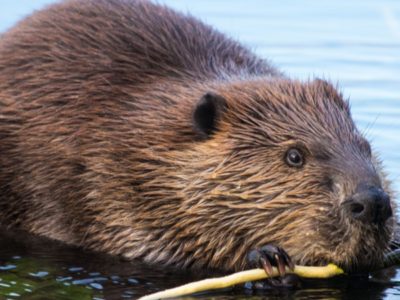
Beaver
Builds a dam from sticks and leaves!

Bed Bugs
Bed bugs feed for 4-12 minutes.

Bee
Rock paintings of bees date back 15,000 years

Beetle
There are more than 350,000 different species
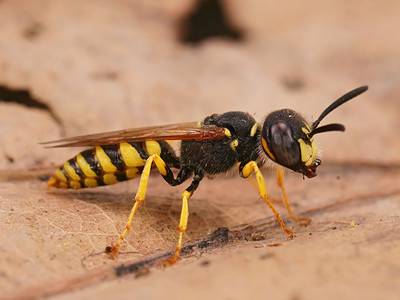
Beewolf wasp
They hunt bees

Bird
Not all birds are able to fly!

Biscuit Beetle
The biscuit beetle form a symbiotic relationship with yeast
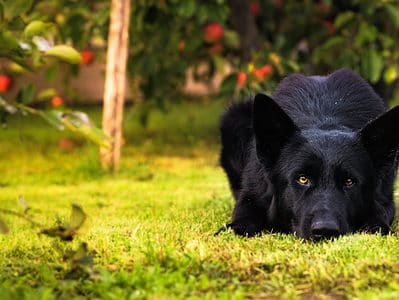
Black German Shepherd
Thought to be aggressive, they are actually affectionate dogs with a protective streak.

Black Widow Spider
They typically prey on insects!
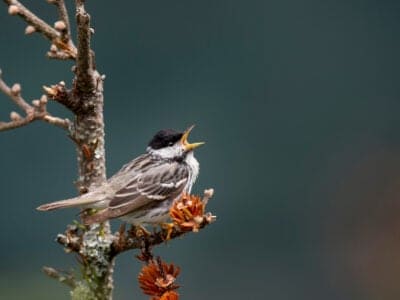
Blackpoll Warbler
They migrate for the longest distance of any warbler.
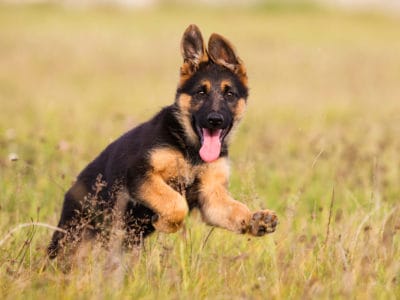
Blue German Shepherd
The Blue German Shepherd is not actually blue but dark gray.
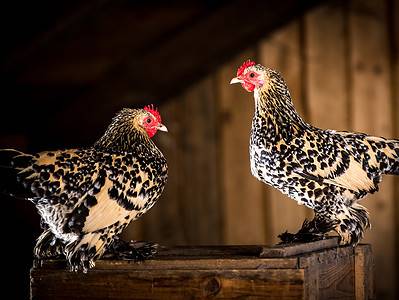
Booted Bantam
The feathers on the feet of tiny Booted Bantam chickens can reach up to six inches in length!

Boxer Dog
Bright, energetic and playful!
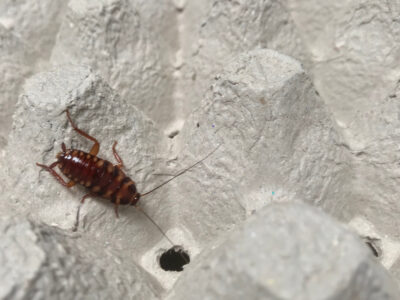
Brown-banded Cockroach
Females glue egg cases to furniture

Brown Dog Tick
Can live its entire life indoors
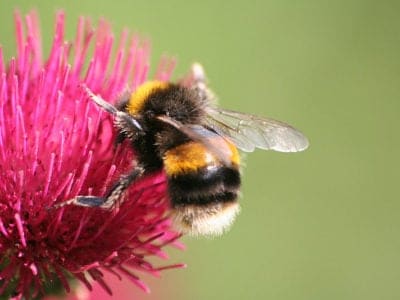
Bumblebee
The most common species of bee!

Butterfly
There are thought to be up 17,500 species!

Camel Cricket
The camel crickets that are found in the USA are light brown in color. They also have dark streaks all over their body.

Carpenter Ant
Carpenter ants can lift up to seven times their own weight with their teeth!

Cat
May have been domesticated up to 10,000 years ago.

Caterpillar
The larvae of a moth or butterfly!

Catfish
There are nearly 3,000 different species!
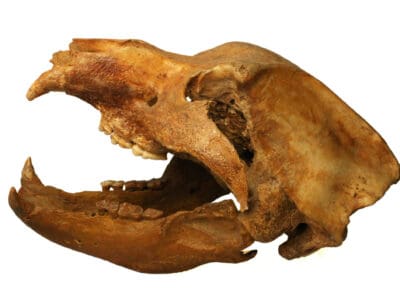
Cave Bear
Cave bears may have been worshiped by primitive humans.

Centipede
There are about 3,000 documented species!
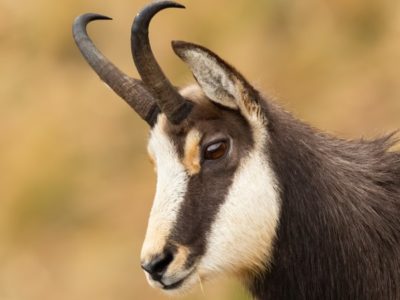
Chamois
Natively found in the European mountains!

Chicken
First domesticated more than 10,000 years ago!
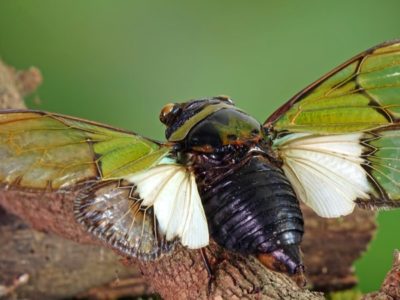
Cicada
Cicadas have one of the longest insect lifespans

Cockroach
Dated to be around 300 million years old!

Codling Moth
Pupae are able to undergo diapause to survive poor fruit yield years and winter.
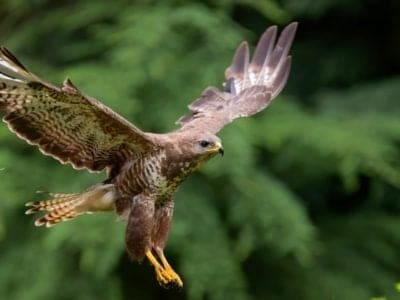
Common Buzzard
The most common raptor in the UK!
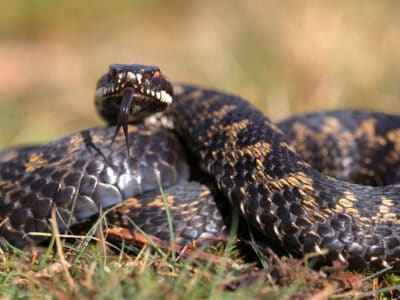
Common European Adder
European adders are the only snake that lives above the Arctic Circle.
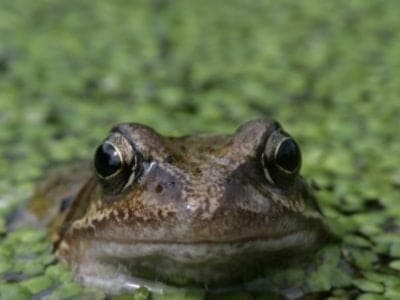
Common Frog
Found throughout the European continent!

Common Furniture Beetle
The common furniture beetle feeds exclusively on wood

Common House Spider
House spiders have the ability to eat most insects in a home.
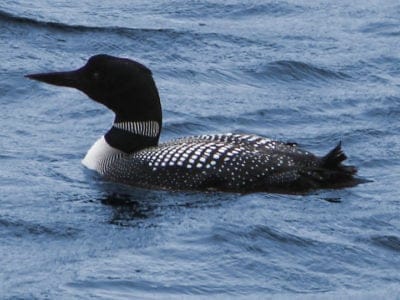
Common Loon
Also known as the Great Northern Diver

Common Raven
A group of ravens is called an unkindness or a conspiracy.
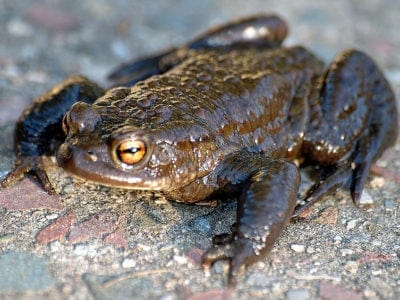
Common Toad
Most active in wet weather!

Cormorant
They can fly 35 mph and dive 150 feet below water.

Cow
There are nearly 1.5 billion worldwide!

Crab
There are 93 different crab groups

Crab Spider
Crab Spiders can mimic ants or bird droppings
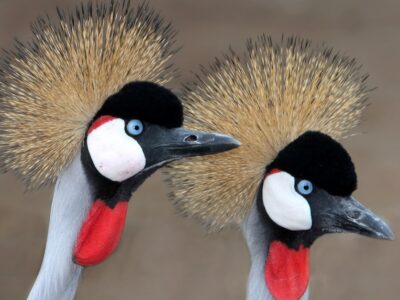
Crane
Many are critically endangered species!

Cricket
Male crickets can produce sounds by rubbing their wings together

Crow
A group of these birds is called a Murder.
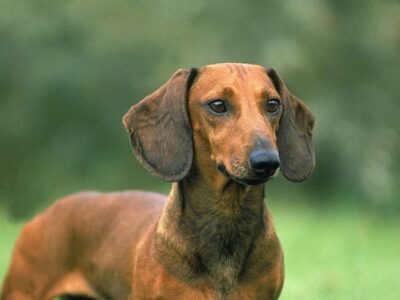
Dachshund
Fun and playful breed of small dog!

Dapple Dachshund
A Dapple Dachshund’s dappling pattern may be just one spot, or it may be numerous spots and splashes on their coat.
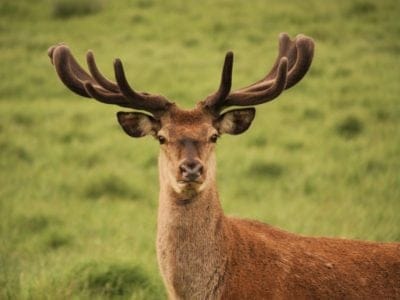
Deer
There are around 40 different species!

Deutsche Bracke
Has long drop ears and a long narrow tail!
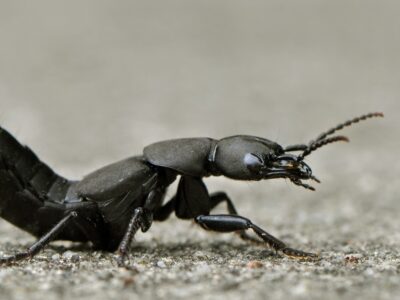
Devil’s Coach Horse Beetle
The Devil’s coach horse beetle can emit a noxious substance to deter predators
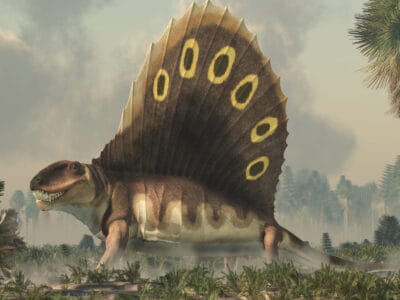
Dimetrodon
Dimetrodon was among the largest predators of the Early Permian Period.
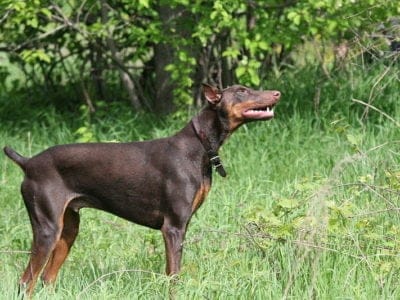
Doberman Pinscher
A gentle, loyal and loving breed!

Dog
First domesticated in South-East Asia!

Dog Tick
Dog ticks feed on dogs and other mammals

Donkey
First domesticated 5,000 years ago!

Dorgi
The Dorgi is one of the more popular mixed breed dogs.

Dragonfly
It's larvae are carnivorous!

Duck
Rows of tiny plates line their teeth!

Dung Beetle
The dung beetle can push objects many times its own weight
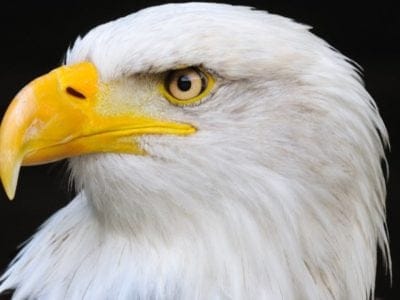
Eagle
Has exceptional eyesight!

Earthworm
They are hermaphrodites, which means they have male and female organs

Earwig
There are nearly 2,000 different species!
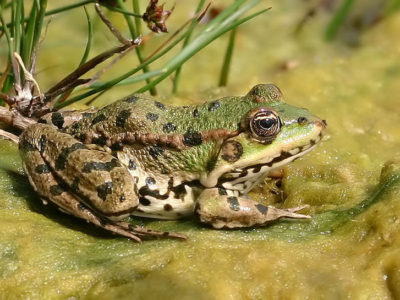
Edible Frog
Are known to guard the muddy banks!

Eel
Eels can be a mere few inches long to 13 feet!
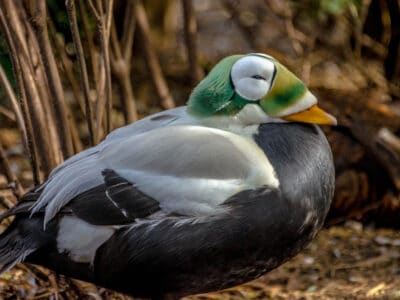
Eider
Eiders are sexually dimorphic, with males being larger and more colorful.
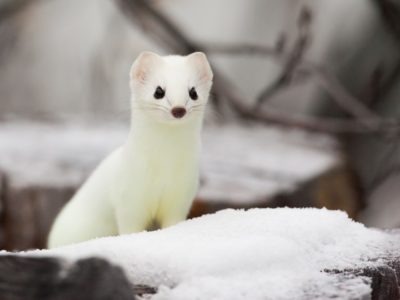
Ermine
A very bold and ferocious predator!
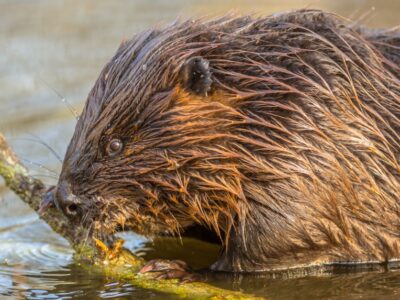
Eurasian Beaver
Eats 20% of its weight daily!
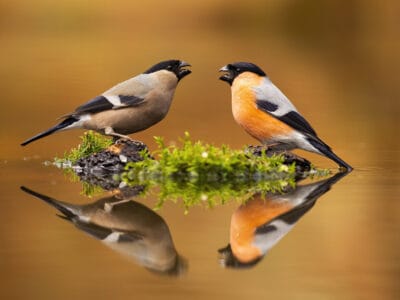
Eurasian Bullfinch
The shy eurasian bullfinch prefers to forage very close to cover.
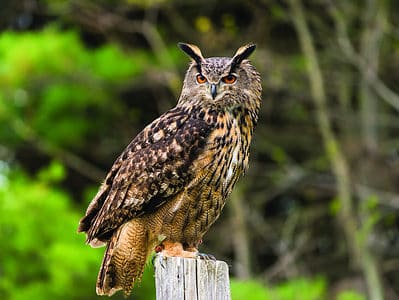
Eurasian Eagle-owl
The Eurasian Eagle-owl is the second largest owl in the world with a wingspan up to six feet!
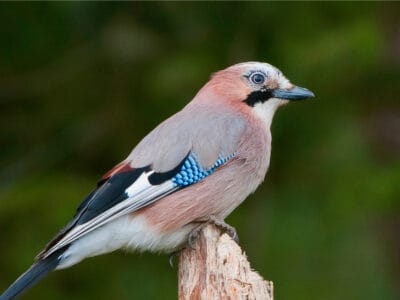
Eurasian Jay
The Eurasian jay has the ability to mimic other sounds
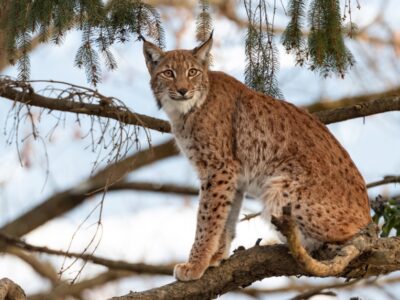
Eurasian Lynx
Eurasian lynxes can survive extreme weather up to elevations of 18,000 feet
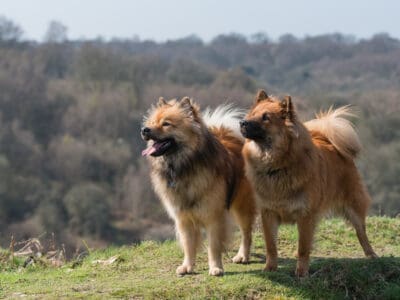
Eurasier
This breed came about after Julius Wipfel, a German professor in the 1940s, crossed a chow chow with a German spitz with the hope of breeding the perfect spitz.
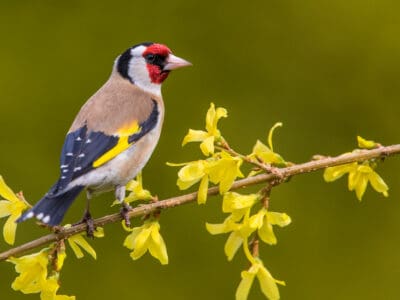
European Goldfinch
They are frequent visitors to backyard feeders, especially those containing niger seeds.
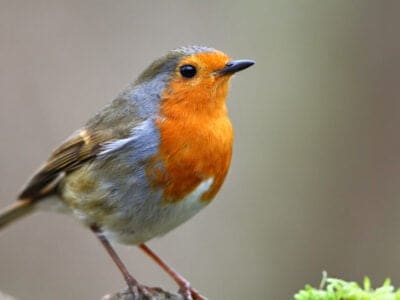
European Robin
Male robins are so aggressive and territorial that they will attack their own reflections.
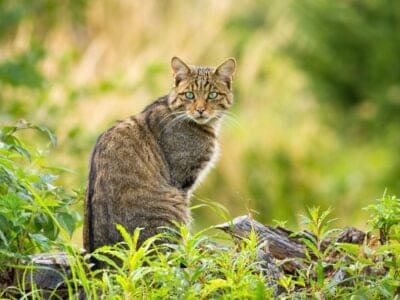
European Wildcat
A group of wild cats is called a destruction

Falcon
The fastest creatures on the planet!
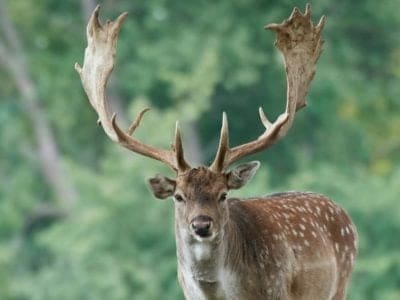
Fallow deer
The fallow deer has more variation in its coat colors than most other deer.

False Widow Spider
False spiders actually prey on black widow spiders and other hazardous spiders
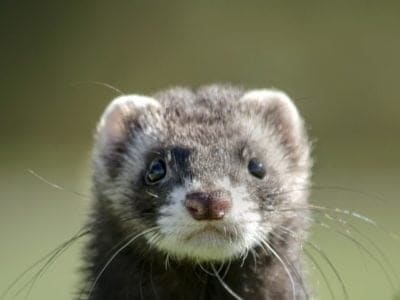
Ferret
Ferrets can be trained to do tricks like dogs!
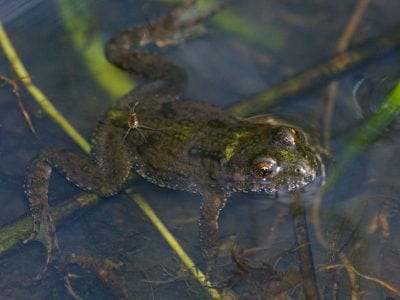
Fire-Bellied Toad
Found across mainland Europe and Asia!
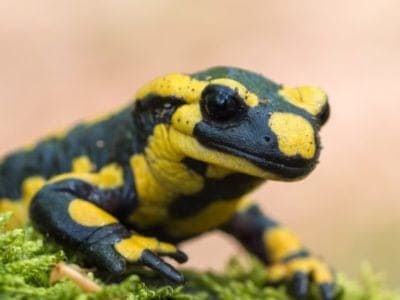
Fire Salamander
Its name comes from the fact that people once believed it was born in fire

Firefly
The firefly produces some of the most efficient light in the world

Flea
Adult fleas can jump up to 7 inches in the air
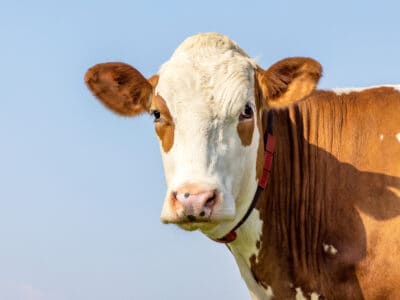
Fleckvieh Cattle
Besides being bred for milk and meat, these cattle were also used as draft oxen.

Fly
There are more than 240,000 different species!
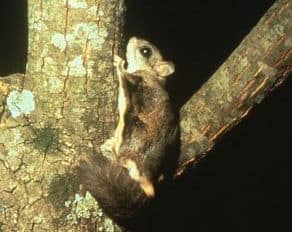
Flying Squirrel
Can glide up to 90 meters!
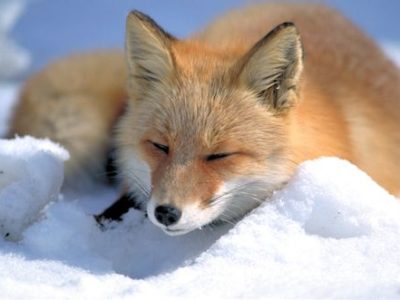
Fox
Only 12 species are considered "true foxes"
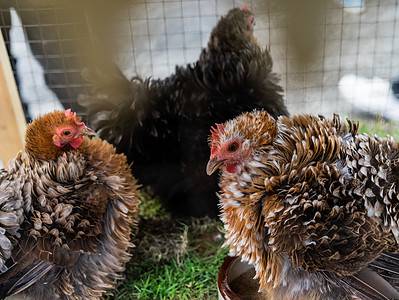
Frizzle Chicken
Frizzle chickens are known for their frizzled feathers, which result from a genetic mutation.

Frog
There are around 7,000 different species!

Fruit Fly
Fruit flies are among the most common research animals in the world
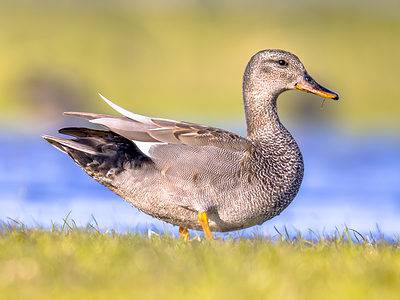
Gadwall
They make many sounds when trying to attract a mate.

German Cockroach
The most common type of urban roach
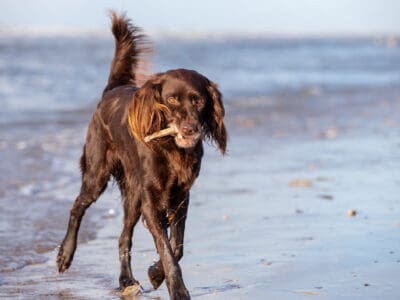
German Longhaired Pointer
German Longhaired Pointers are excellent hunters-tracking, pointing, and retrieving game over land and water. They can jump up six feet high and make wonderful emotional support dogs!
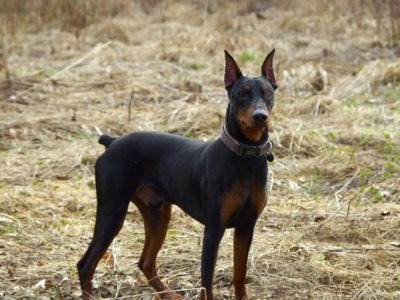
German Pinscher
Highly intelligent and fast learners!

German Shepherd Guide
Highly active and fearless dogs!
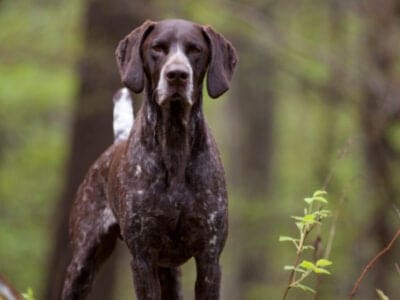
German Shorthaired Pointer
German Shorthaired Pointers are used by the Air Force, TSA, and other organizations to sniff out explosives.

German Spitz
There are five different sub-breeds of the German Spitz.
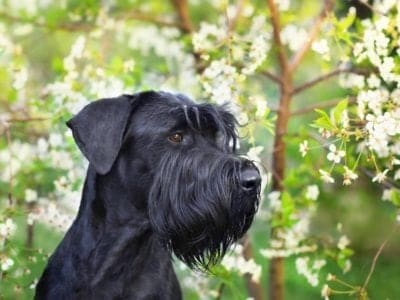
Giant Schnauzer
Large, powerful and dominant!
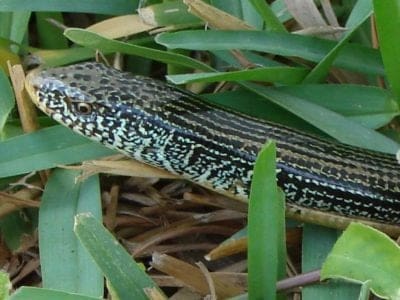
Glass Lizard
Can grow up to 4ft long!

Glowworm
Found inhabiting dense woodland and caves!

Gnat
Males form large mating swarms at dusk
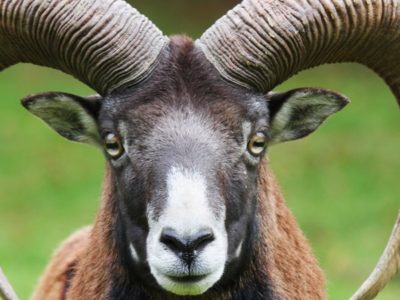
Goat
Most closely related to the Sheep!
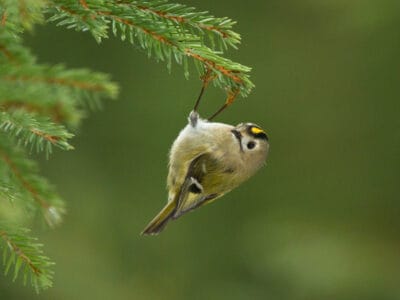
Goldcrest
The goldcrest never starts moving and needs to consume for most of the day to survive. Therefore, in the colder months, it's best that eat 90% a day.
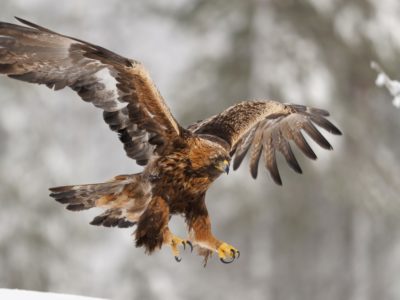
Golden Eagle
Their calls sound like high-pitched screams, but they are quiet most of the time.
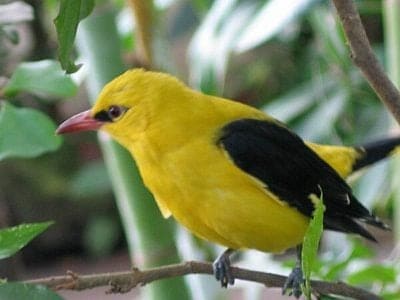
Golden Oriole
Migrates between Europe and Asia!
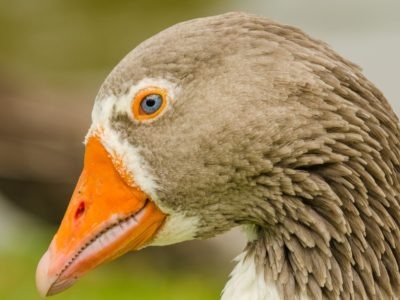
Goose
There are 29 different species!

Grasshopper
There are 11,000 known species!
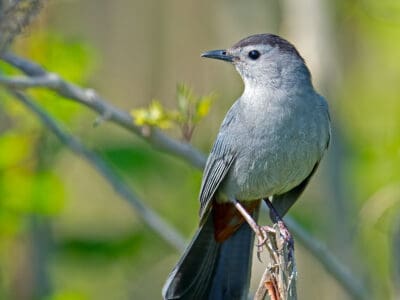
Gray Catbird
Their songs have cat-like qualities and can mimic other birds and animals, like tree frogs.
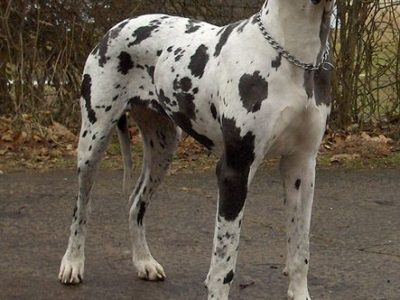
Great Dane
Large and imposing in appearance!

Gypsy Moth
One of the most invasive species in the world

Hamster
Able to run as quickly backwards as forwards!

Hare
Can reach speeds of over 50 mph!

Hawk Moth Caterpillar
Many hawk moth caterpillars eat toxins from plants, but don’t sequester them the way milkweed butterflies do. Most toxins are excreted.
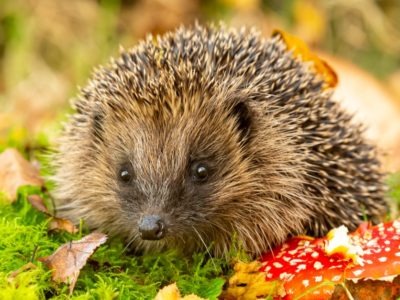
Hedgehog
Thought to be one of the oldest mammals on Earth!

Heron
Inhabits wetlands around the world!
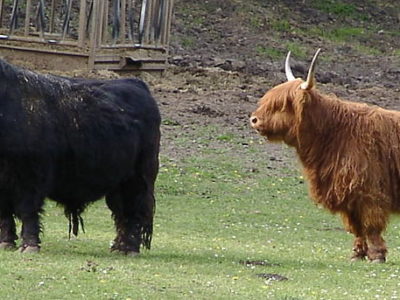
Highland Cattle
Natively found in the Scottish Highlands!

Honey Bee
There are only 8 recognized species!
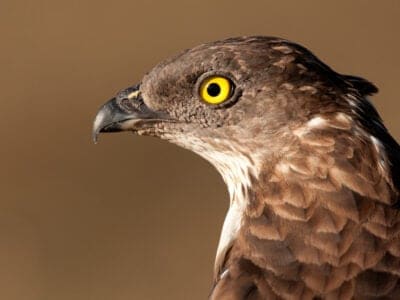
Honey Buzzard
Honey buzzards are medium-sized raptors that earned their names by raiding the nests of bees and wasps.
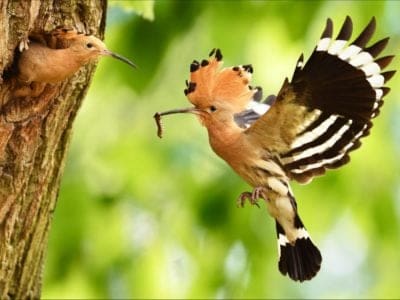
Hoopoe
Stunning bird with a stinky way to deter predators!

Horse
Has evolved over 50 million years!

Horsefly
Horseflies have been seen performing Immelmann turns, much like fighter jets.
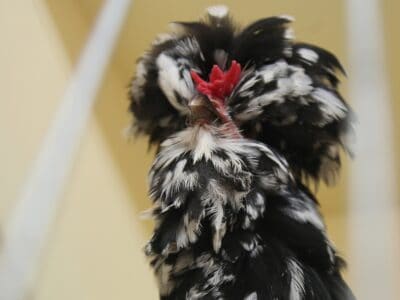
Houdan Chicken
The Houdan chicken has a round, fluffy crest and five toes on each foot!

Housefly
The fly has no teeth

Human
Thought to have orignated 200,000 years ago!

Huntsman Spider
Some huntsman spiders have an interesting way of moving around. Some cartwheel while others do handsprings or backflips.
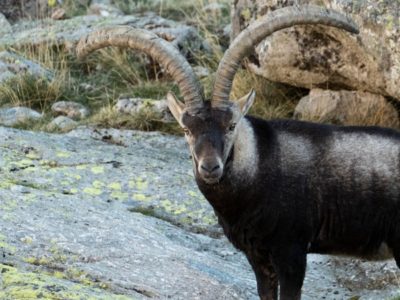
Ibex
Can jump over 6 feet straight up from a standstill

Insects
There are an estimated 30 million species!
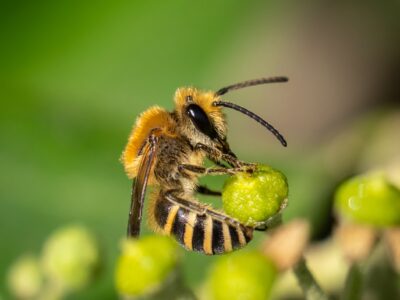
Ivy Bee
N/A
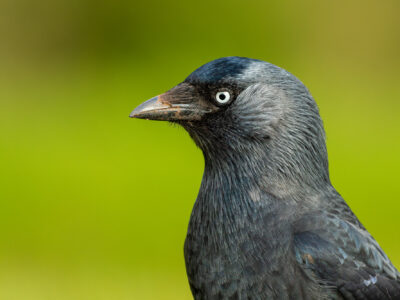
Jackdaw
The jackdaw tends to mate for life with a single partner

Jumping Spider
Some can jump 50 times the length of their bodies
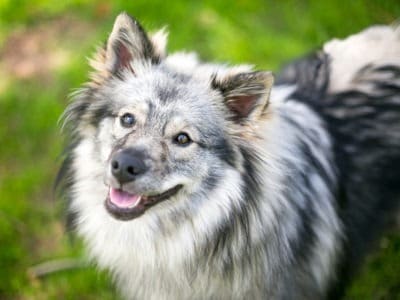
Keeshond
Friendly, alert dogs that are loyal to their owners
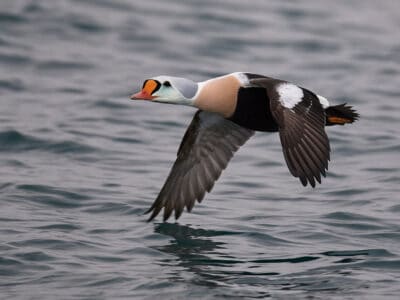
King Eider
The species name, spectabilis, is Latin for “showy” or “remarkable,” referencing the attractiveness of the adult male’s plumage.

Kingfisher
Inhabits wetlands and woodlands worldwide!
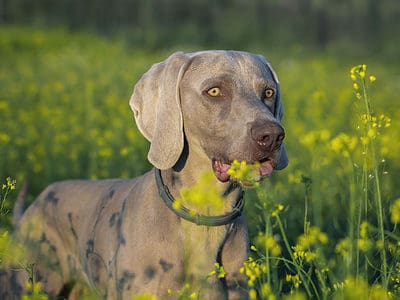
Labmaraner
Loves to participate in activities.

Ladybug
There are more than 5,000 species worldwide!
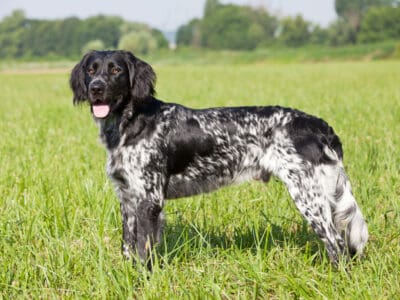
Large Munsterlander
Some people might find the Large Munsterlander too lively for their family, but they are actually very gentle with children and make fantastic family pets.
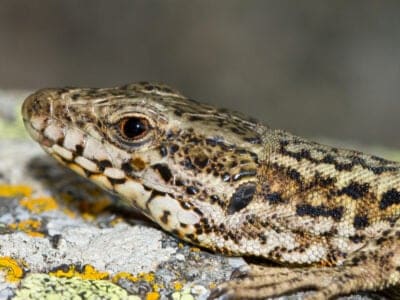
Lazarus Lizard
Lazarus Lizards can communicate through chemical and visual signals.

Leech
Has 10 pairs of eyes!
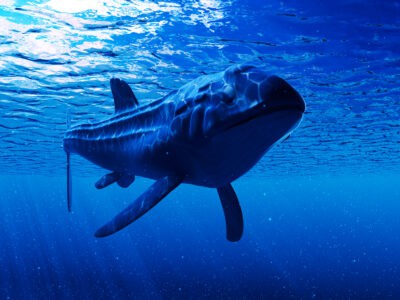
Leedsichthys
Leedsichthys is one of the largest fish ever discovered
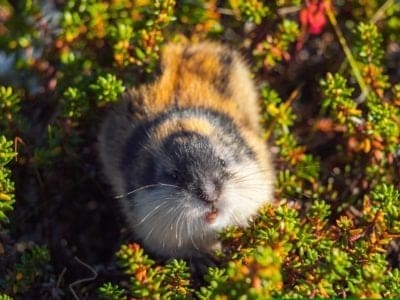
Lemming
Does not hibernate during the bitter Arctic winter!

Leonberger
This dog has been used for pulling carts full of goods.
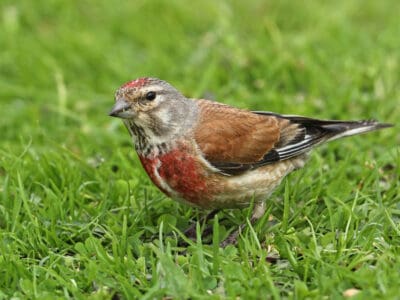
Linnet
While linnets are monogamous during mating season, they do not mate for life. While breeding pairs are together, the males are highly territorial and will defend the nesting site and the surrounding area.
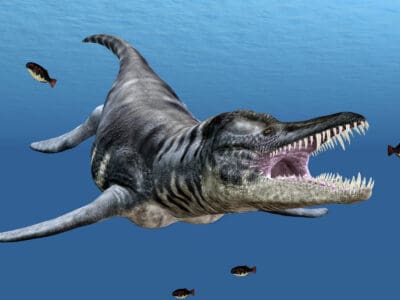
Liopleurodon
Liopleurodon were fast swimmers that lived entirely under water, but they had no gills

Lizard
There are around 5,000 different species!
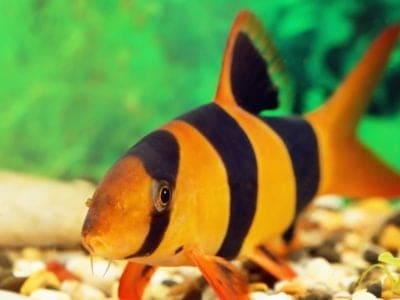
Loach
Have sharp spines below their eyes

Locust
Each locust can eat its weight in plants each day.
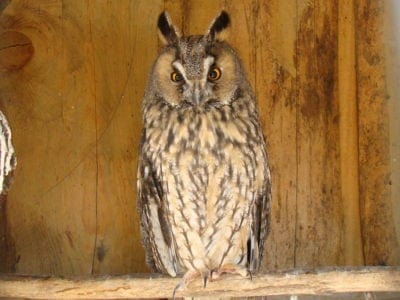
Long-Eared Owl
Ear tufts make it look bigger!
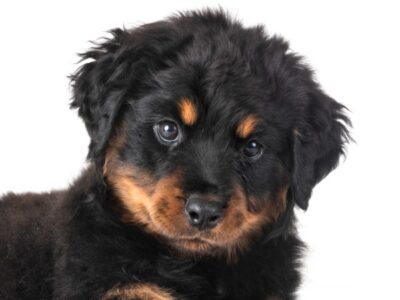
Long-Haired Rottweiler
Rottweilers have a tendency to snore.
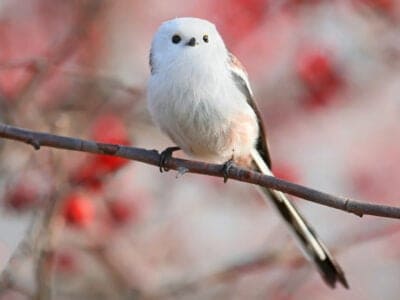
Long-Tailed Tit
Often hangs upside down while feeding!

Lowchen
This breed is also known as the "Little Lion Dog" for their bravery and manes.
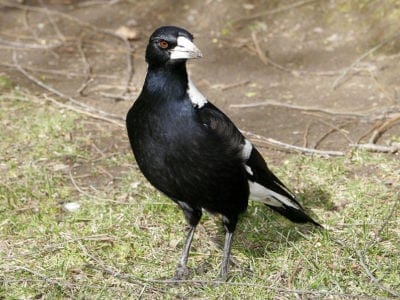
Magpie
They are found across Europe, Asia and Africa!
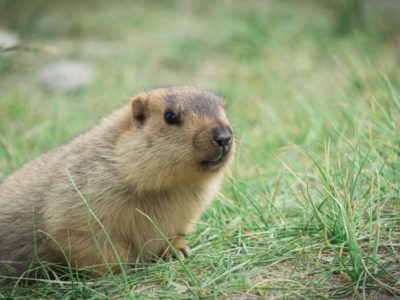
Marmot
A marmot spends 80% of its life below ground
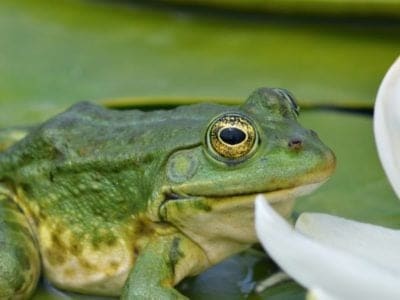
Marsh Frog
Has bright green skin!

Mayfly
There are 2,500 known species worldwide!

Mealybug
They have a symbiotic relationship with ants.
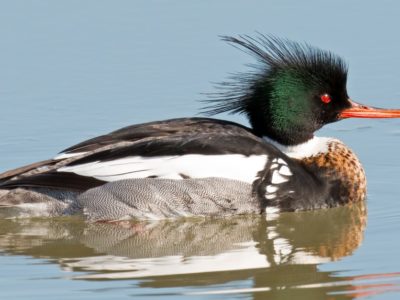
Merganser
They line their nests with their feathers

Millipede
Some species have a poisonous bite!
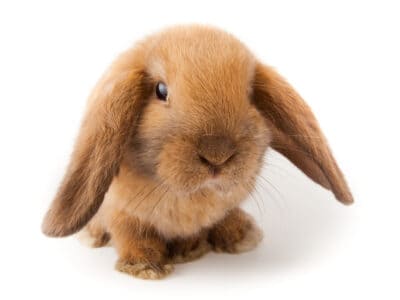
Mini Lop
One of the cutest and most popular rabbits
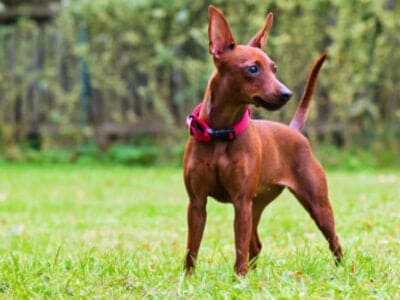
Miniature Pinscher
Stable rodents were kept in check by using it as a barnyard ratter.
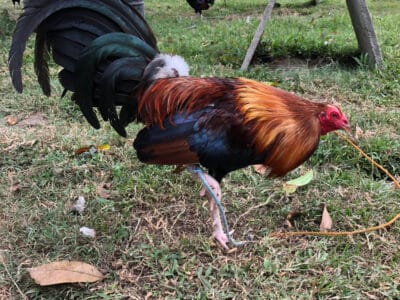
Modern Game Chicken
The Modern Game chicken is a lanky bird with legs that go for days!

Mole
Primarily hunts and feeds on Earthworms!
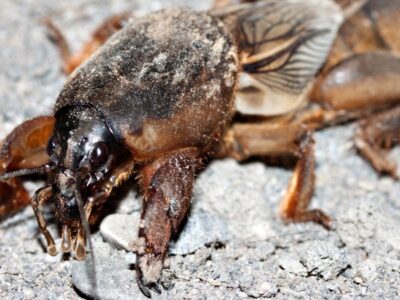
Mole Cricket
Adult Mole crickets may fly as far as 5 miles during mating season and are active most of the year.

Mongrel
Has characteristics of two or more breeds!

Moorhen
Feeds on aquatic insects and water-spiders!

Mosquito
Only the female mosquito actually sucks blood

Moth
There are 250,000 different species!

Mouse
Found on every continent on Earth!

Mule
The offspring of a horse and donkey parents!
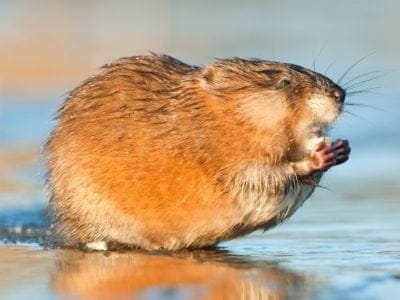
Muskrat
The muskrat can stay underwater up to 17 minutes at a time
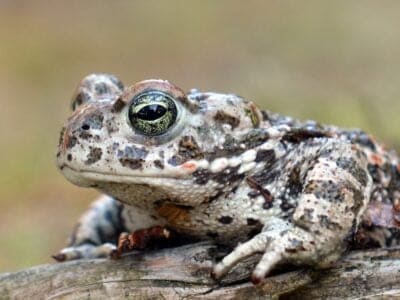
Natterjack
Can lay up to 7500 eggs
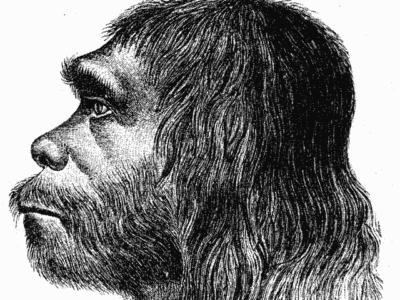
Neanderthal
Roamed Asia and Europe for around 100,000 years!

Nematode
Nematodes range in size from 1/10 of an inch to 28 feet long
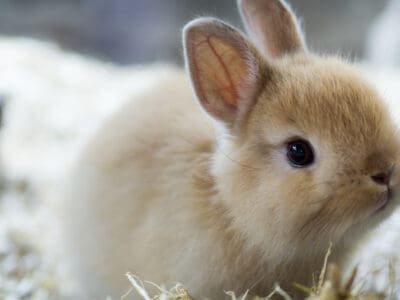
Netherland Dwarf Rabbit
The Netherland dwarf rabbit is the smallest domestic rabbit breed in the world.
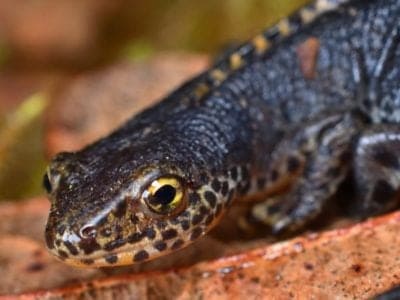
Newt
Able to regrow lost or damaged limbs!
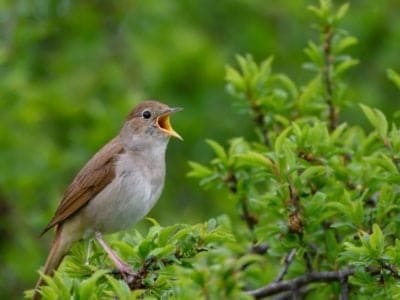
Nightingale
Named more than 1,000 years ago!

No See Ums
There are more than 5,000 species.
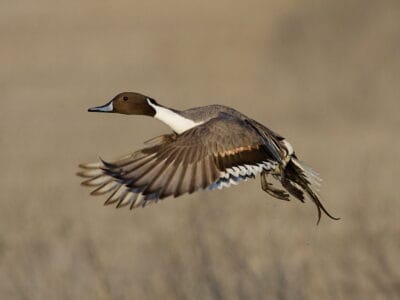
Northern Pintail
Northern pintails migrate at night with speeds reaching 48 miles per hour!
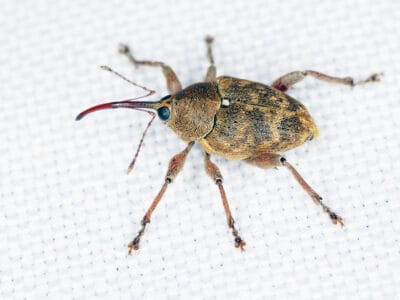
Nut Weevil
Bore holes in tree nuts and lay their eggs inside
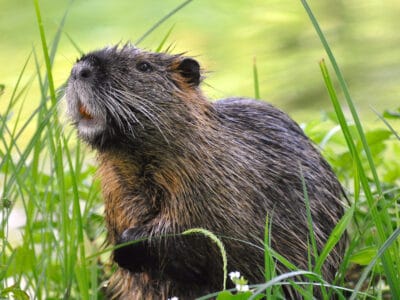
Nutria
An invasive species, one female nutria can birth up to 200 babies in just a few years of living!
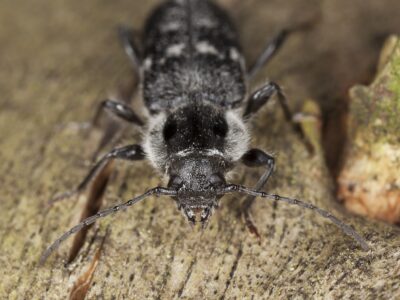
Old House Borer
Depending on the habitat and climate, these beetles can live between 2 to 10 years, often staying in their larval stage for several years, making them extremely dangerous to wooden structures.

Orb Weaver
Females are about four times the size of males
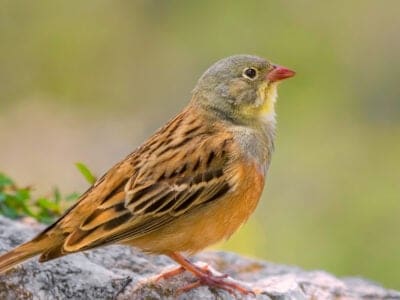
Ortolan Bunting
The tradition of hiding your face with a napkin or towel while eating this bird was begun by a priest who was a friend of the great French gastronome Jean Anthelme Brillat-Savarin.
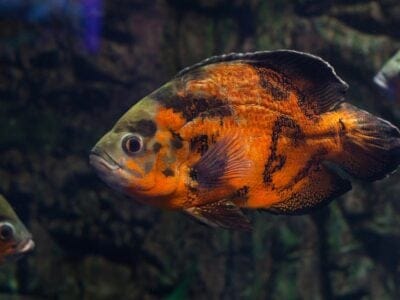
Oscar Fish
The Oscar fish has teeth in its throat!

Osprey
They reuse nesting sites for 70 years!

Otter
There are 13 different species worldwide

Owl
The owl can rotate its head some 270 degrees
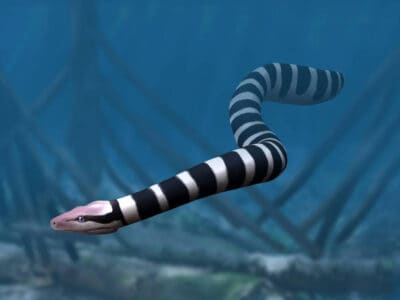
Palaeophis
This snake was as long as a school bus!
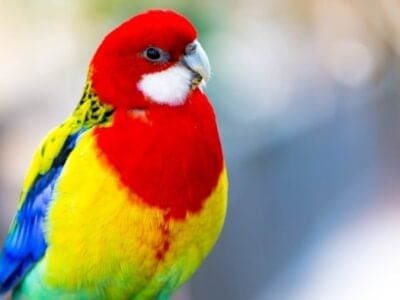
Parakeet
Monk parakeets are the only parakeets that actually build nests. They’re also the only parakeets to nest in great colonies.

Parti Schnauzer
Parti Schnauzers are great pest controllers. They were bred to catch rodents, so if you have a rat problem, they might be the pet for you.
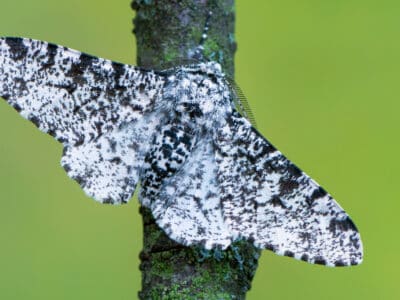
Peppered Moth
Teachers in schools often use the evolution of the peppered moth as a good example of Darwin’s theory of natural selection.

Peregrine Falcon
Fastest animal on Earth

Pheasant
Females lay between 8 and 12 eggs per clutch!
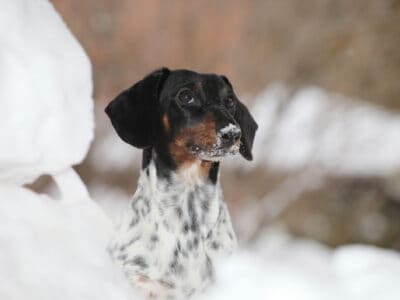
Piebald Dachshund
Hotdogs were originally called "Dachshund sausages" because they resembled the dachshund's wiener-like body!
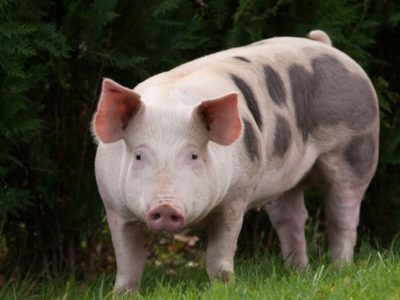
Pig
Thought to have been domesticated in 9,000 BC!

Pigeon
They can find their way back to their nests from up to 1300 miles away.
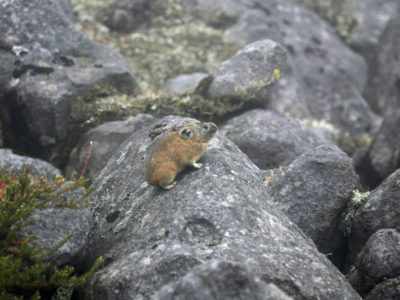
Pika
Found in mountainous regions and rocky areas
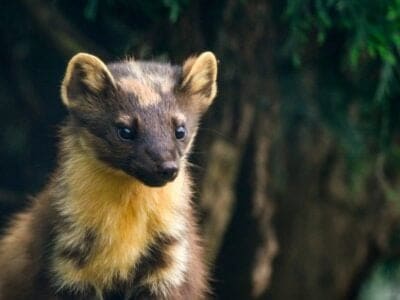
Pine Marten
A pine marten can jump from tree to tree similar to a squirrel.
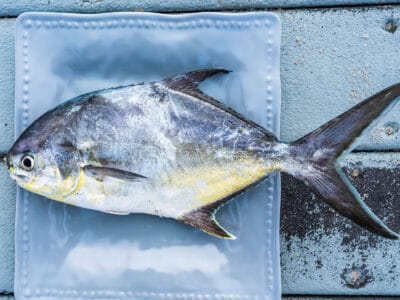
Pompano Fish
They are bottom-feeders
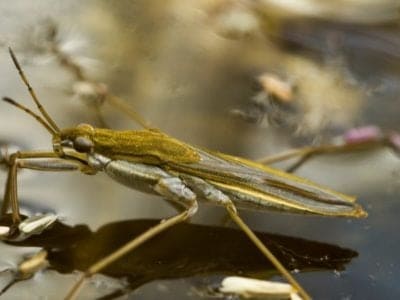
Pond Skater
There are 500 different species!
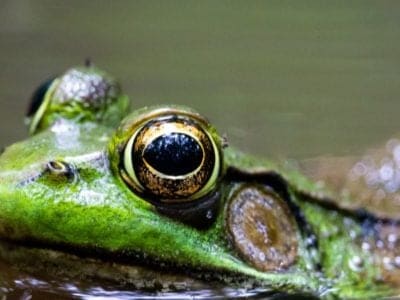
Pool Frog
The rarest amphibian in the UK!
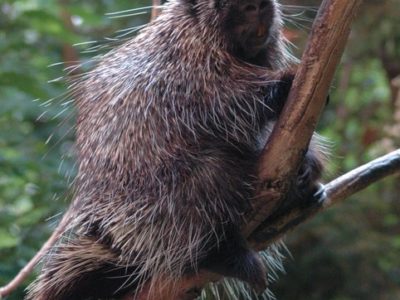
Porcupine
There are 30 different species worldwide!
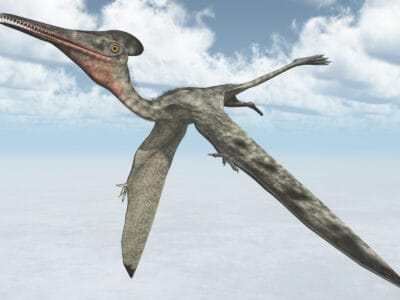
Pterodactyl
Pterodactyl is not technically a dinosaur. Although they lived during the same time as dinosaurs, they are classified as winged reptiles.

Pudelpointer
Like their poodle parent, Pudelpointers love to swim in pools!

Pugapoo
The pugapoo is the fusion of a pug and a poodle.
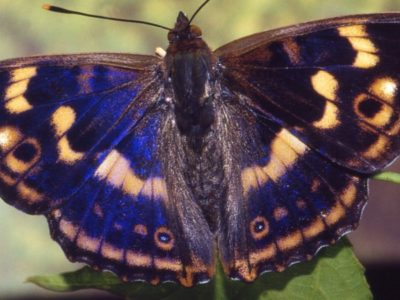
Purple Emperor Butterfly
Inhabits deciduous forests!
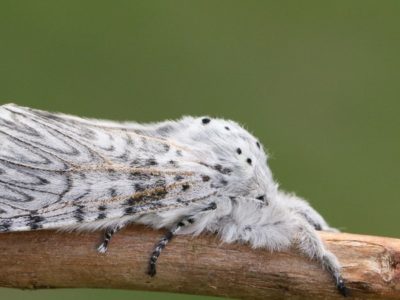
Puss Moth
Caterpillars squirt formic acid!

Quail
Inhabits woodland and forest areas worldwide!
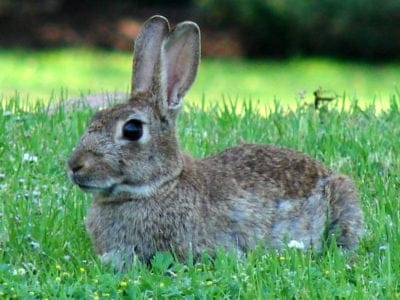
Rabbit
There are more than 300 different species!
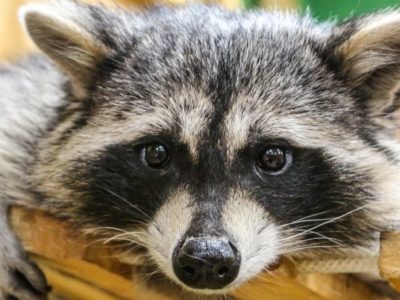
Raccoon
Known to wash their food before eating it!
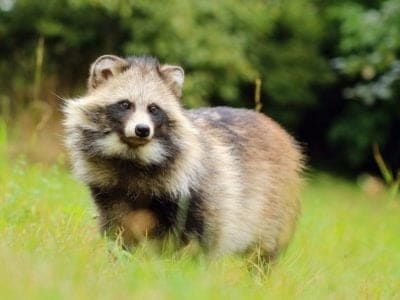
Raccoon Dog
The only hibernating canine!

Rat
Omnivores that eat anything!
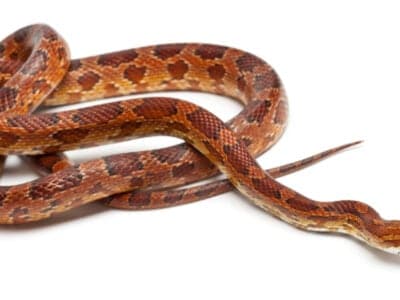
Rat Snakes
Rat snakes are constrictors from the Colubridae family of snakes.

Red Deer
A male red deer shows his age in his antlers, which become longer and more branched every year.
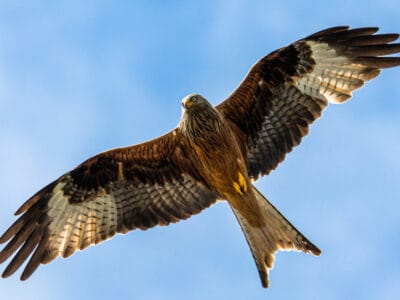
Red Kite
This bird moves its tail to steer its body like a rudder on a boat.
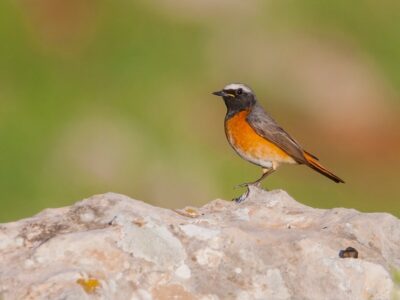
Redstart
They build their nests off the ground in tree holes, cavities, stone walls, and roofs
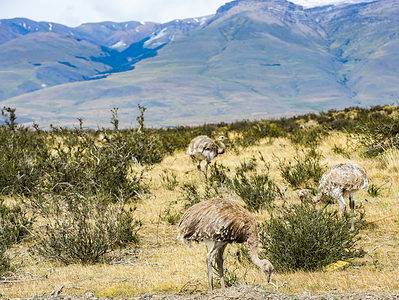
Rhea
Male rheas mate with up to a dozen females and single-handedly raise up to 80 chicks at once!

River Turtle
Inhabits freshwater habitats around the world!

Robin
There are more than 45 species in Australia alone!

Rodents
The capybara, the world’s largest rodent, likes to be in and around bodies of water. Because of this, the Catholic Church in South America decided that it was a fish, and people were allowed to eat it during Lent and First Fridays.
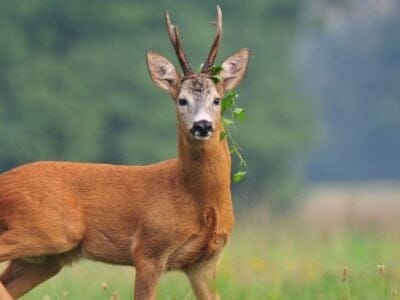
Roe Deer
The roe is one of the most popular game animals in Europe

Rooster
Will mate with the entire flock!
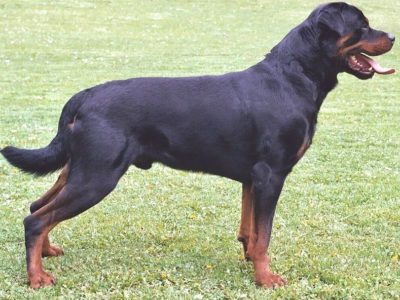
Rottweiler
Strong, loyal and self-assured!
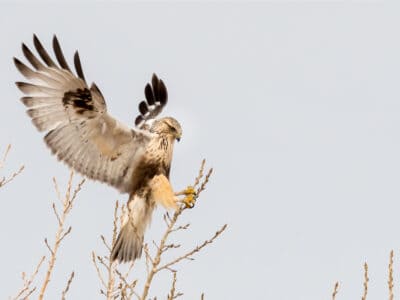
Rough-Legged Hawk (Rough-Legged Buzzard)
Its scientific name, lagopus, is Ancient Greek for “hare” and “foot,” referring to its feathered feet and toes.

Sable Black German Shepherd
According to the American Kennel Club, the German Shepherd is the second most popular breed in the United States

Sable Ferret
Ferrets were used during the Revolutionary War to keep down the rat population.

Sable German Shepherd
The gene responsible for their color is also found in wolves.
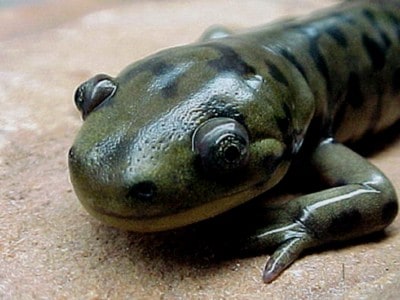
Salamander
There are more than 700 different species!
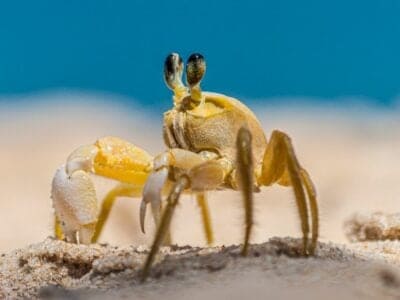
Sand Crab
The sand crab burrows beneath the sand with its tail
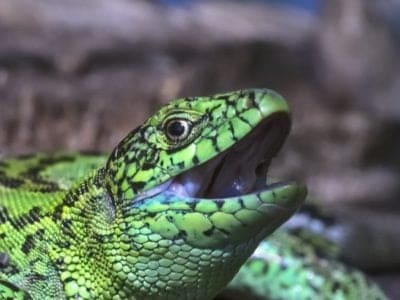
Sand Lizard
Males turn green in spring!

Scorpion
There are around 2,000 known species!

Sea Eagle
The sea eagle tends to mate for life with a single partner

Seahorse
Males give birth to up to 1,000 offspring!

Sheep
Around 35 million in the English countryside!
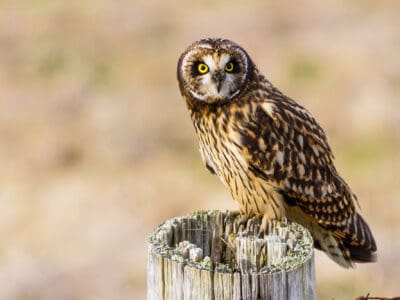
Short-Eared Owl
The short-eared owl is one of the most widespread owl species in the world, covering five continents.

Shrew
The spinal column of the shrew Scutisorex somereni is so strong and reinforced that it can support the weight of an adult human.

Shrimp
There are 2,000 different species worldwide!

Skink Lizard
Some skinks lay eggs in some habitats while giving birth to skinklets in other habitats.
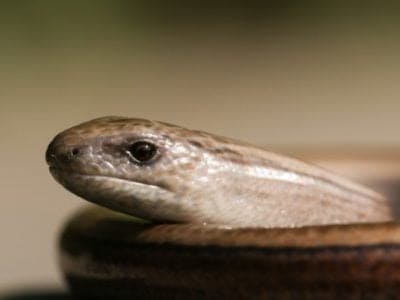
Slow Worm
Found widely throughout British gardens!

Slug
They glide around on one foot, which is aided by the slime they produce

Smokybrown Cockroach
Has up to 45 eggs per egg case

Snail
There are nearly 1,000 different species!

Snake
There are around 4,000 known species worldwide
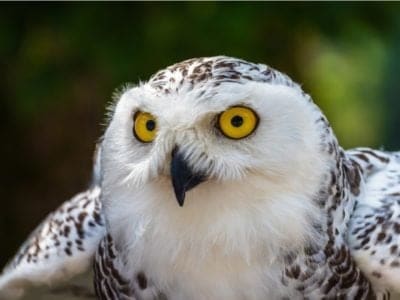
Snowy Owl
One of the largest owl species in the world!
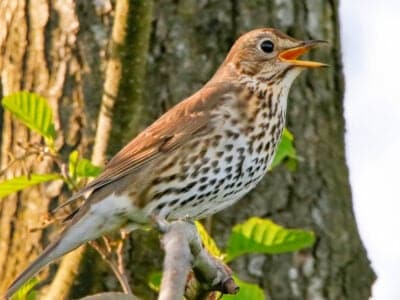
Song Thrush
A male song thrush can have over 100 phrases in his repertoire of songs and can imitate pet birds, telephones and other man-made objects.
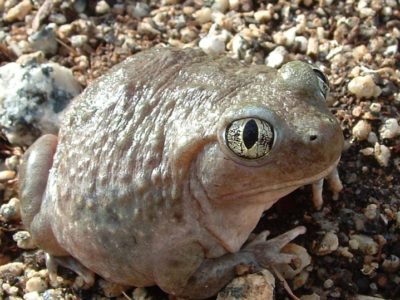
Spadefoot Toad
They spend most of their time underground!

Sparrow
There are 140 different species!

Spider Wasp
They prey on spiders to feed their larvae or they parasitize other spider wasps.

Squirrel
Small rodents found in woodlands worldwide!
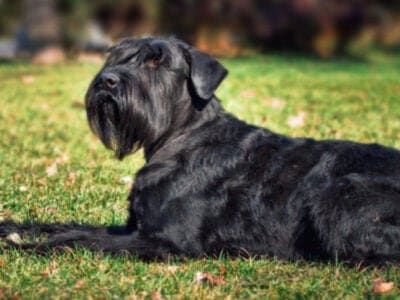
Standard Schnauzer
This dog’s facial hair makes it look like it has a beard.

Stick Insect
There are more than 3,000 different species!
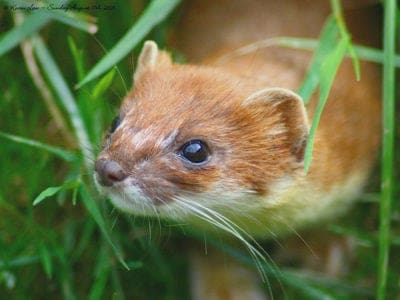
Stoat
Average adults weigh about 200 grams!
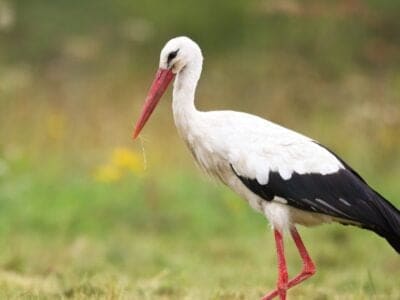
Stork
They can’t sing like other birds.

Swan
Populations have been affected by pollution!
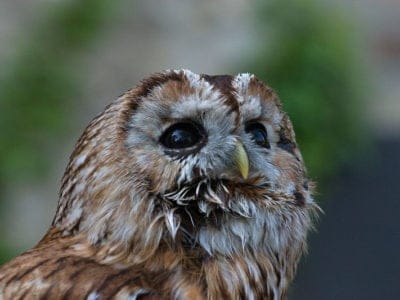
Tawny Owl
The most widespread owl in Europe!
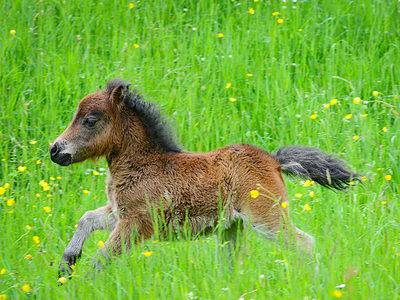
Teacup Miniature Horse
Female teacup minis become sexually mature between 2 and 5 years old, but breeders typically wait until their horse is 3 before letting her reproduce to prevent complications.

Termite
Their mounds can be up to 9 meters tall!

Theropod
Some theropods had feathers and may have been ancestors of modern birds.
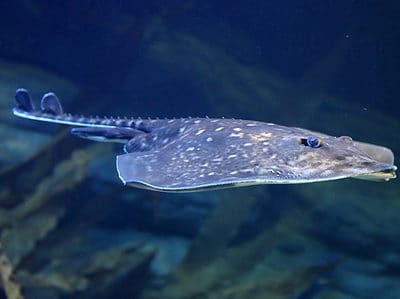
Thornback Ray
The skate with the biggest spines!

Thrush
The American robin is called the robin because its red breast reminded European settlers of the robin back in the old country.

Tick
They inject hosts with a chemical that stops them from feeling the pain of the bite

Tiger Beetle
The adult tiger beetle is one of the fastest land insects in the world
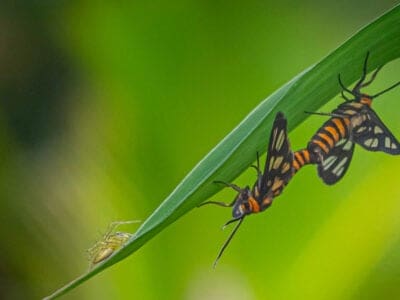
Tiger Moth
The bright colors of this moth are a signal to predators that it has a terrible taste.

Tortoise
Can live until they are more than 150 years old!

Toy Poodle
The word poodle is derived from German, and it means "to splash" or "puddle."
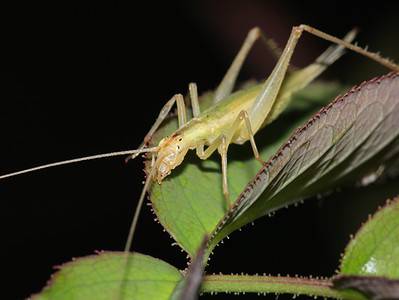
Tree Cricket
They make music with their wings

Tree Frog
Found in warmer jungles and forests!

Turtles
Some species of aquatic turtles can get up to 70 percent of their oxygen through their butt.
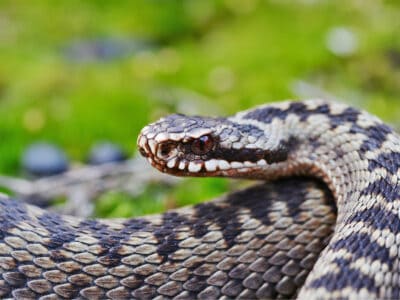
Viper
Vipers are one of the most widespread groups of snakes and inhabit most

Vulture
There are 30 different species worldwide!

Wasp
There are around 75,000 recognised species!
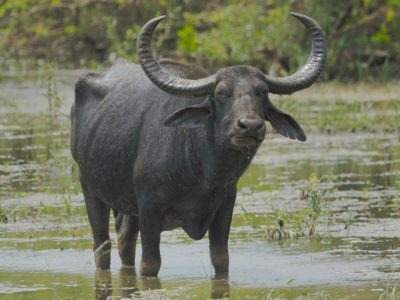
Water Buffalo
Has been domesticated for thousands of years!
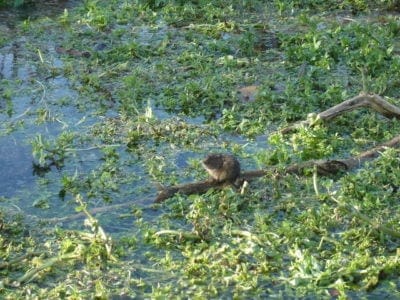
Water Vole
The largest Vole species in the UK!
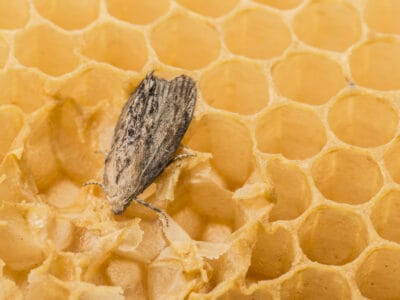
Wax Moth
The Wax Moth larvae are more dangerous than the adult.
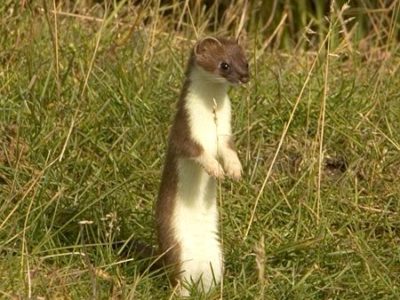
Weasel
The smallest carnivorous mammal in the world!

Weimaraner
The Weimaraner is nicknamed the gray ghost.
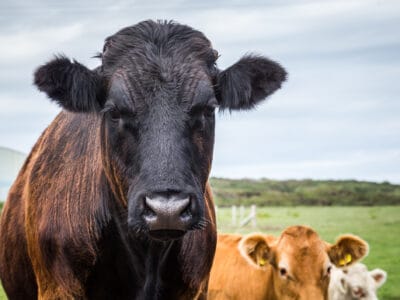
Welsh Black Cattle
Welsh Black Cattle were once used as currency in Wales and referred to as “black gold”.

White Ferret / Albino Ferrets
There are two different types of white ferrets!
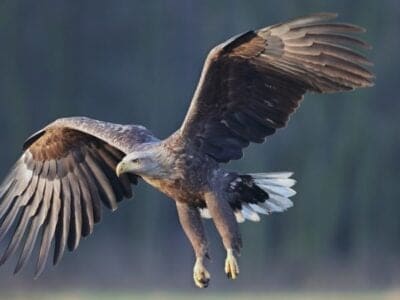
White-Tailed Eagle
It is one of the biggest birds of prey.
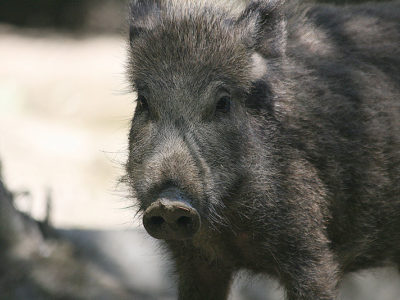
Wild Boar
Males have a top tusk to sharpen the bottom one!
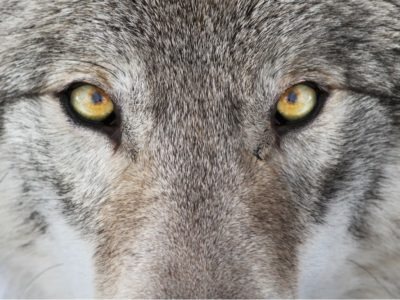
Wolf
Thought to date back more than 300,000 years!

Wolf Spider
Carnivorous arachnid that hunts its prey.

Woodlouse
This animal can roll up into a ball
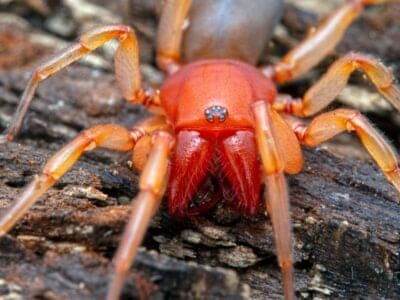
Woodlouse Spider
Unlike most spiders, woodlouse spiders don’t build a web.

Woodpecker
There are 200 different species!
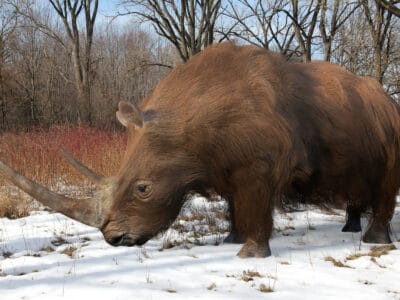
Woolly Rhinoceros
The woolly rhinoceros roamed the earth between three and a half million and 14,000 years ago.

Worm
Doesn’t have eyes.
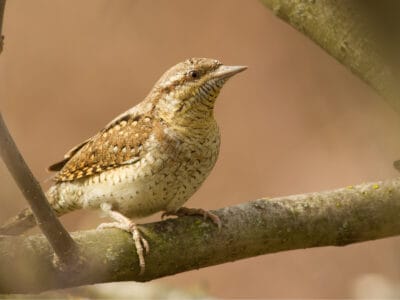
Wryneck
They feign death by making their bodies limp and closing their eyes.
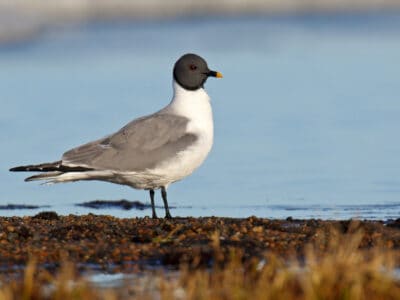
Xeme (Sabine’s Gull)
They follow after seals and whales to eat their scraps.
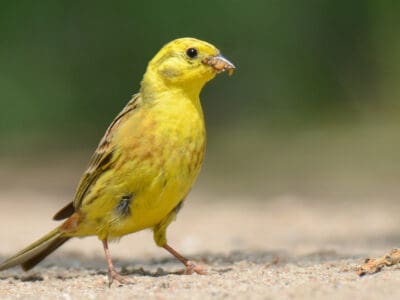
Yellowhammer
It interbreeds with the pine bunting
German Animals List
- Admiral Butterfly
- Affenpinscher
- Allosaurus
- American Eskimo Dog
- Ant
- Archaeopteryx
- Arctic Char
- Armyworm
- Asian Lady Beetle
- Asp
- Atlantic Cod
- Aurochs
- Avocet
- Badger
- Barn Owl
- Barn Swallow
- Bat
- Bavarian Mountain Hound
- Beaver
- Bed Bugs
- Bee
- Beetle
- Beewolf wasp
- Berger Blanc Suisse
- Bird
- Biscuit Beetle
- Black German Shepherd
- Black Widow Spider
- Blackpoll Warbler
- Blue German Shepherd
- Booted Bantam
- Boxer Dog
- Brown-banded Cockroach
- Brown Dog Tick
- Bumblebee
- Butterfly
- Camel Cricket
- Carpenter Ant
- Cat
- Caterpillar
- Catfish
- Cave Bear
- Centipede
- Ceratopsian
- Chamois
- Chicken
- Cicada
- Cockroach
- Codling Moth
- Common Buzzard
- Common European Adder
- Common Frog
- Common Furniture Beetle
- Common House Spider
- Common Loon
- Common Raven
- Common Toad
- Compsognathus
- Cormorant
- Cow
- Crab
- Crab Spider
- Crane
- Cricket
- Crow
- Cuckoo
- Dachshund
- Dapple Dachshund
- Deer
- Deutsche Bracke
- Devil’s Coach Horse Beetle
- Dimetrodon
- Doberman Pinscher
- Dog
- Dog Tick
- Donkey
- Dorgi
- Dormouse
- Dragonfly
- Duck
- Dung Beetle
- Eagle
- Earthworm
- Earwig
- Edible Frog
- Eel
- Eider
- Ermine
- Eurasian Beaver
- Eurasian Bullfinch
- Eurasian Eagle-owl
- Eurasian Jay
- Eurasian Lynx
- Eurasier
- European Goldfinch
- European Robin
- European Wildcat
- Falcon
- Fallow deer
- False Widow Spider
- Ferret
- Fire-Bellied Toad
- Fire Salamander
- Firefly
- Flea
- Fleckvieh Cattle
- Fly
- Flying Squirrel
- Fox
- Frizzle Chicken
- Frog
- Fruit Fly
- Gadwall
- German Cockroach
- German Longhaired Pointer
- German Pinscher
- German Shepherd Guide
- German Shorthaired Pointer
- German Spitz
- German Wirehaired Pointer
- Giant Schnauzer
- Glass Lizard
- Glowworm
- Gnat
- Goat
- Goldcrest
- Golden Eagle
- Golden Oriole
- Goose
- Grasshopper
- Gray Catbird
- Great Dane
- Gypsy Moth
- Hamster
- Hare
- Hawk Moth Caterpillar
- Hedgehog
- Heron
- Highland Cattle
- Honey Bee
- Honey Buzzard
- Hoopoe
- Horse
- Horsefly
- Houdan Chicken
- Housefly
- Hovawart
- Human
- Huntsman Spider
- Ibex
- Iguanodon
- Insects
- Ivy Bee
- Jackdaw
- Jagdterrier
- Jumping Spider
- Keeshond
- King Eider
- Kingfisher
- Labmaraner
- Ladybug
- Large Munsterlander
- Lazarus Lizard
- Leech
- Leedsichthys
- Lemming
- Leonberger
- Linnet
- Liopleurodon
- Lizard
- Loach
- Locust
- Long-Eared Owl
- Long-Haired Rottweiler
- Long-Tailed Tit
- Lowchen
- Magpie
- Marmot
- Marsh Frog
- Mayfly
- Mealybug
- Merganser
- Millipede
- Mini Lop
- Miniature Pinscher
- Modern Game Chicken
- Mole
- Mole Cricket
- Mongrel
- Moorhen
- Mosquito
- Moth
- Mouse
- Mule
- Muskrat
- Natterjack
- Neanderthal
- Nematode
- Netherland Dwarf Rabbit
- Newt
- Nightingale
- No See Ums
- Northern Pintail
- Nut Weevil
- Nutria
- Old House Borer
- Orb Weaver
- Ortolan Bunting
- Oscar Fish
- Osprey
- Otter
- Owl
- Palaeophis
- Pantaloon Bee
- Parakeet
- Parti Schnauzer
- Peppered Moth
- Peregrine Falcon
- Pheasant
- Phytosaurs
- Piebald Dachshund
- Pig
- Pigeon
- Pika
- Pike Fish
- Pine Marten
- Pompano Fish
- Pond Skater
- Pool Frog
- Porcupine
- Pterodactyl
- Pudelpointer
- Pugapoo
- Purple Emperor Butterfly
- Puss Moth
- Quail
- Rabbit
- Raccoon
- Raccoon Dog
- Rat
- Rat Snakes
- Red Deer
- Red Kite
- Redstart
- Rhea
- River Turtle
- Robin
- Rodents
- Roe Deer
- Rooster
- Rottweiler
- Rough-Legged Hawk (Rough-Legged Buzzard)
- Sable Black German Shepherd
- Sable Ferret
- Sable German Shepherd
- Salamander
- Sand Crab
- Sand Lizard
- Scorpion
- Sea Eagle
- Seahorse
- Sheep
- Short-Eared Owl
- Shrew
- Shrimp
- Skink Lizard
- Slow Worm
- Slug
- Smokybrown Cockroach
- Snail
- Snake
- Snowy Owl
- Song Thrush
- Spadefoot Toad
- Sparrow
- Spider Wasp
- Squirrel
- Standard Schnauzer
- Stick Insect
- Stoat
- Stork
- Swallowtail Butterfly
- Swan
- Tawny Owl
- Teacup Miniature Horse
- Termite
- Theropod
- Thornback Ray
- Thrush
- Tick
- Tiger Beetle
- Tiger Moth
- Tortoise
- Toy Poodle
- Tree Cricket
- Tree Frog
- Turtles
- Viper
- Vulture
- Wasp
- Water Buffalo
- Water Vole
- Wax Moth
- Weasel
- Weimaraner
- Welsh Black Cattle
- White Ferret / Albino Ferrets
- White-Tailed Eagle
- Wild Boar
- Wolf
- Wolf Spider
- Woodlouse
- Woodlouse Spider
- Woodpecker
- Woolly Rhinoceros
- Worm
- Wryneck
- Xeme (Sabine’s Gull)
- Yellowhammer
Germany FAQs (Frequently Asked Questions)
Are There Wild Animals in Germany?
There are many wild animals in Germany. Although Germany has major cities and a global economy, it also has vast expanses of forest and untouched mountain areas. Its unique animals include Bavarian pine voles, West Europan hedgehogs, bicolored shrews, greater mouse-eared bat, humpback whales, common minke whales, Eurasian lynxes, and other exotic animals.
What Dangerous Animals Live in Germany?
Wild boars are the most dangerous animals in Germany. These large, feral members of the pig family will attack humans who get in their way, especially during the mating season or when protecting their piglets. There have also been many car and motorcycle accidents involving wild boars.
Ticks are another dangerous animal in Germany. These tiny bloodsuckers can transmit dangerous conditions like Lyme disease and encephalitis. You can pick up ticks while hiking or camping.
What Is the Most Common Animal in Germany?
The most common animal in Germany is the roebuck. It is also known as the Western roe deer or roebuck. The roebuck is the male of the roe deer, which is a small, graceful deer common to European forests.
A roe deer typically stands about 36 inches in height and weighs about 66 pounds.
There is a small population of totally black roe deer that inhabit the northern forests of Germany. This is the only place you can find them, and they make up about 5% of the total roe deer population.
The population of European pine martens has exploded in Germany, and Germans regularly report finding these cute but destructive critters in their attics and cars.
Red foxes have also thrived. There are hundreds of thousands of red foxes in Germany.
Red squirrels are exotic in other countries, but they are common in Germany’s woodlands. Their bright orange fur and pointed ears make them stand out in the landscape.



